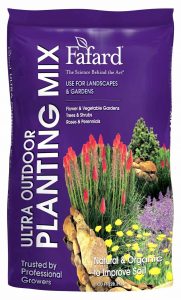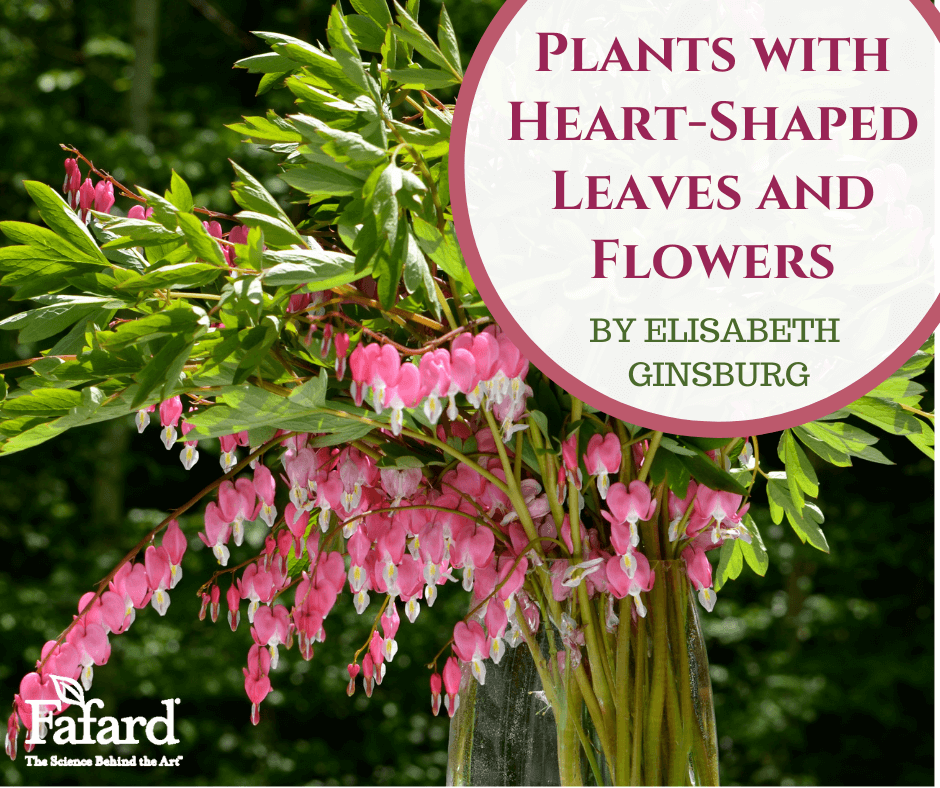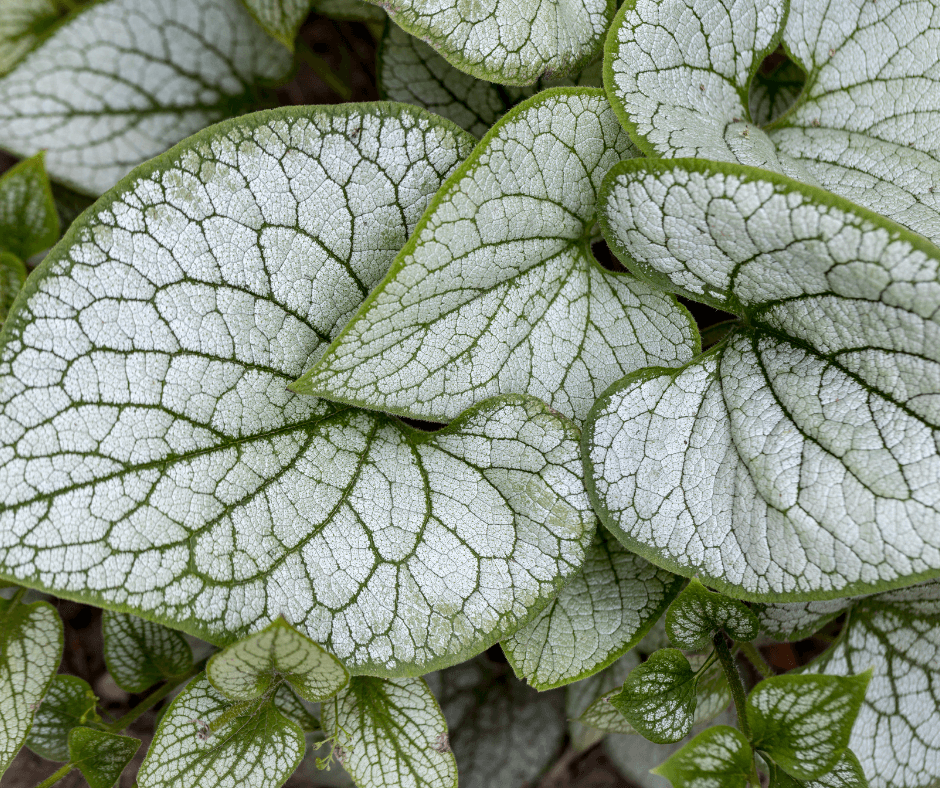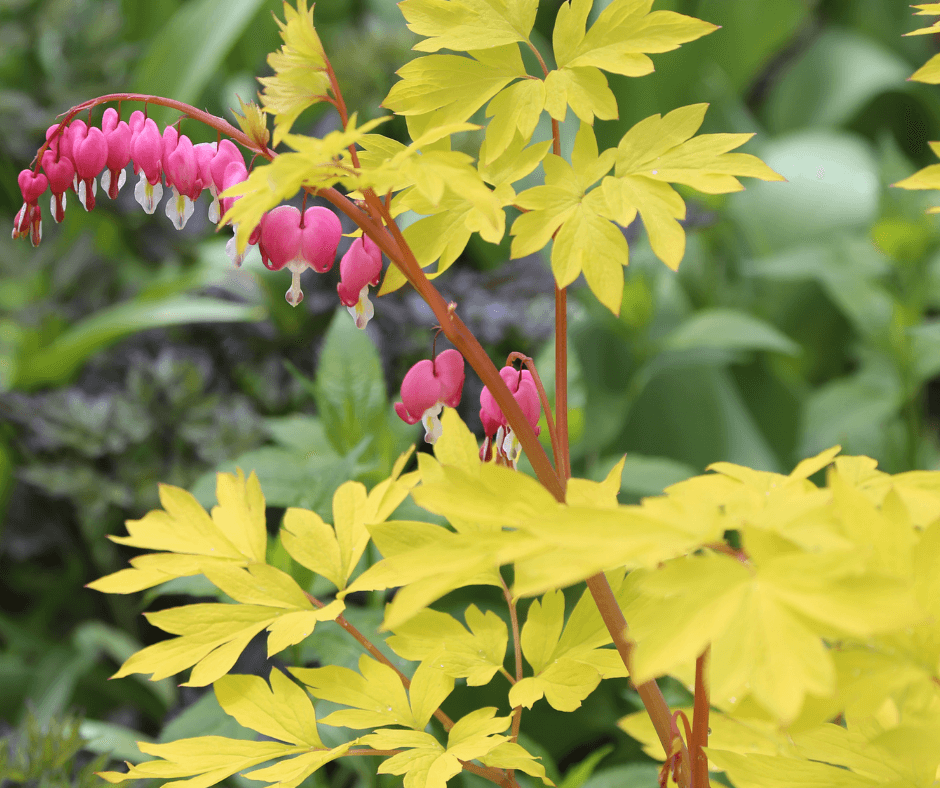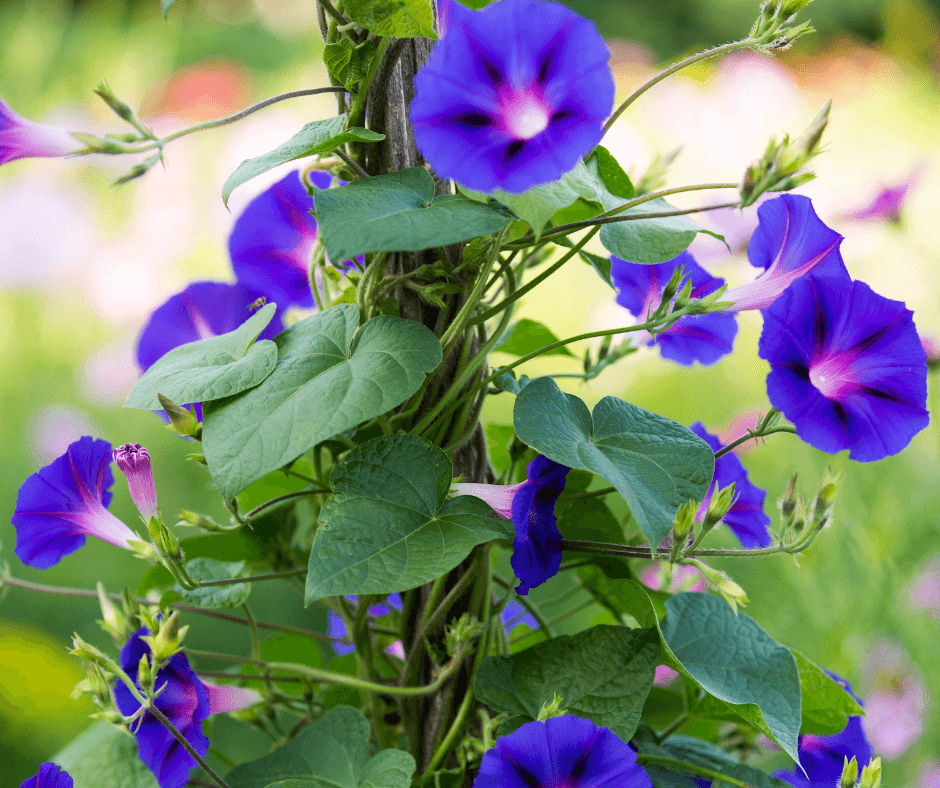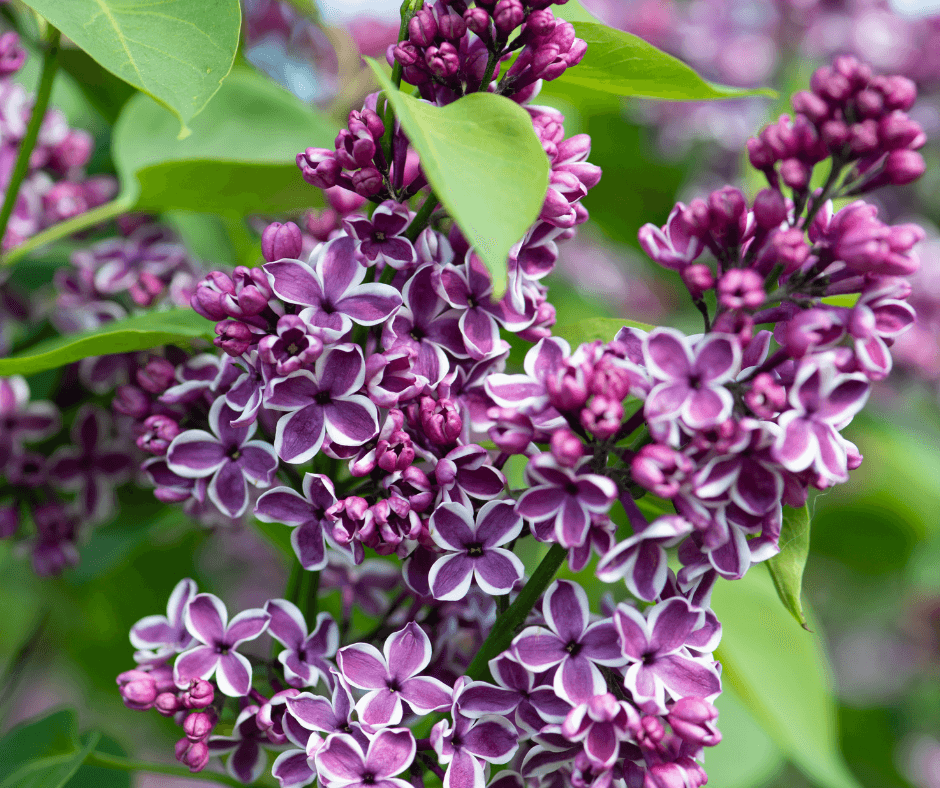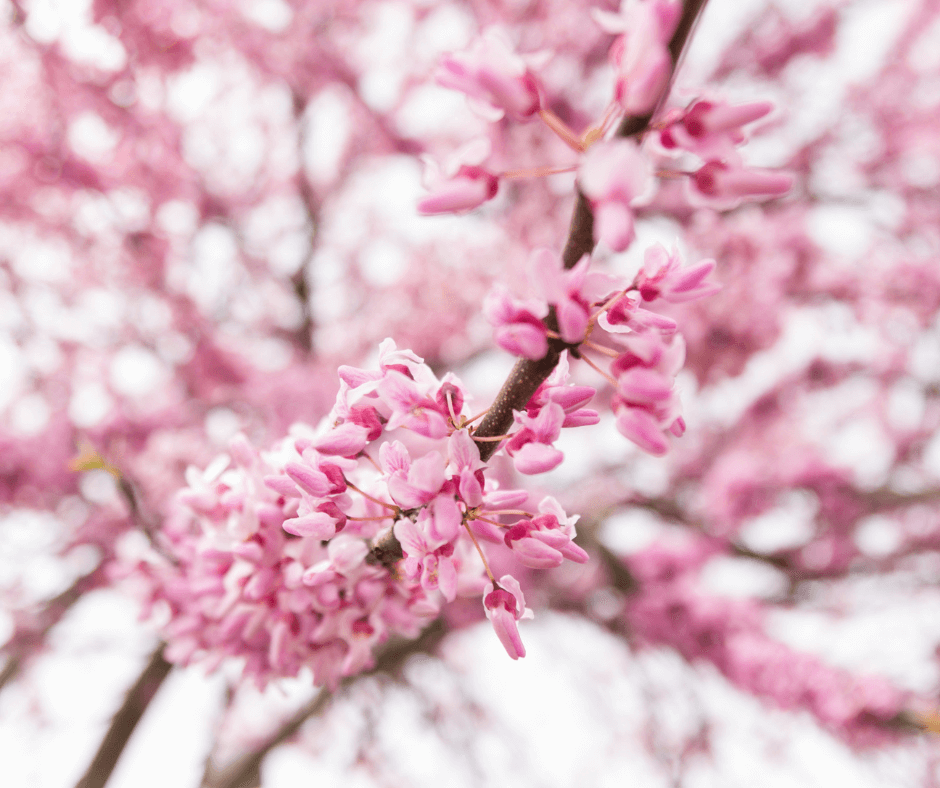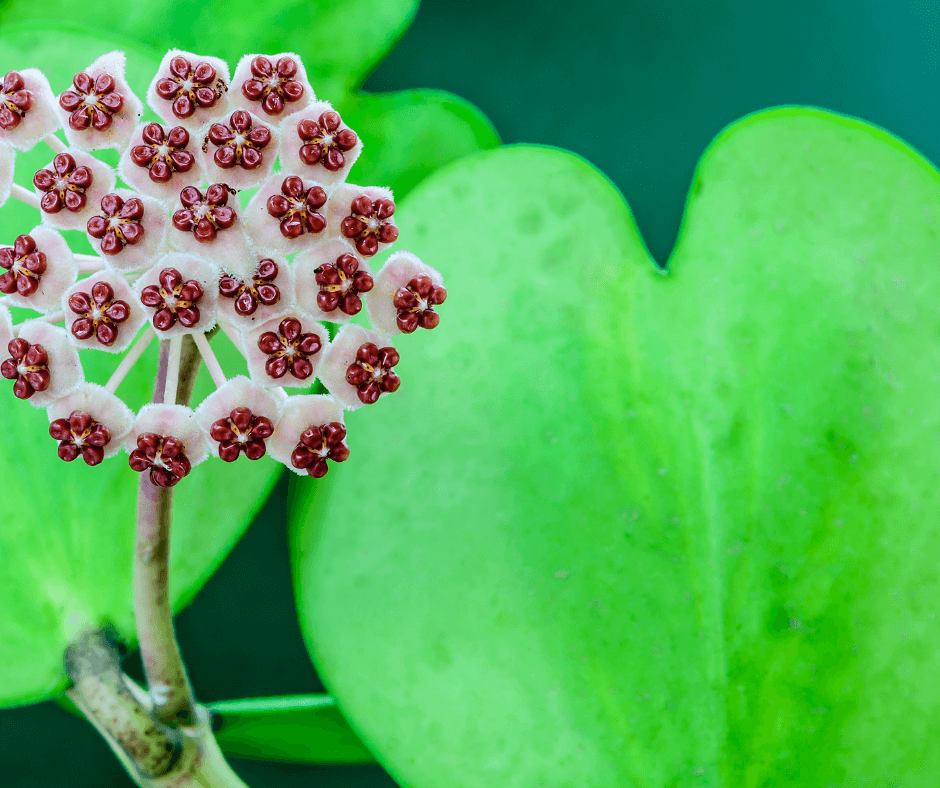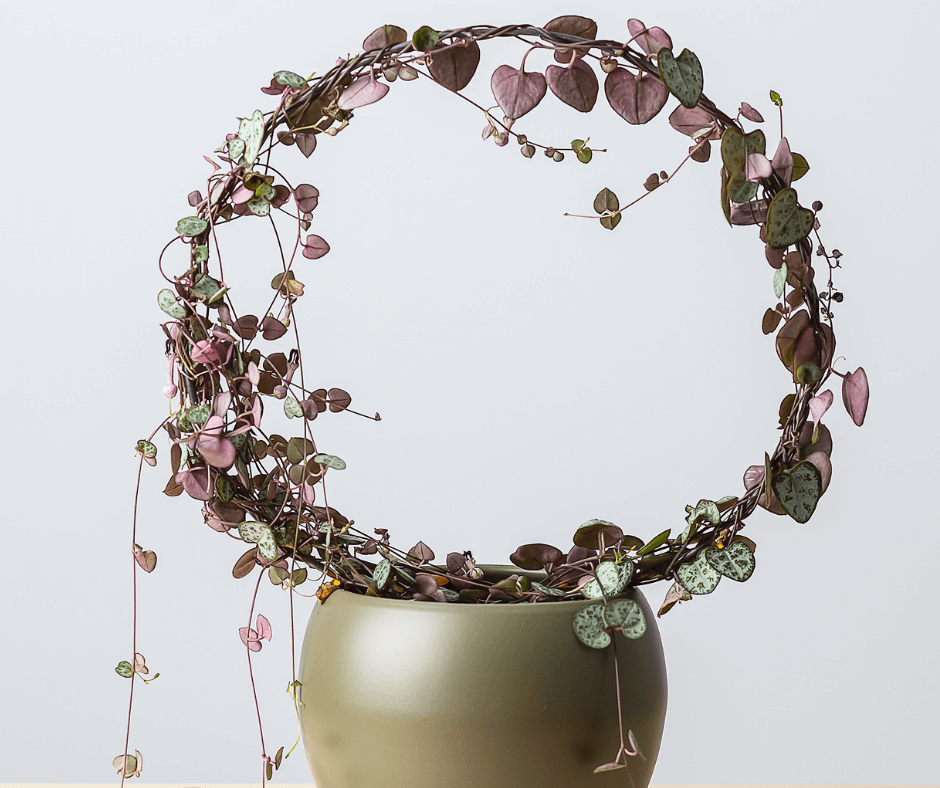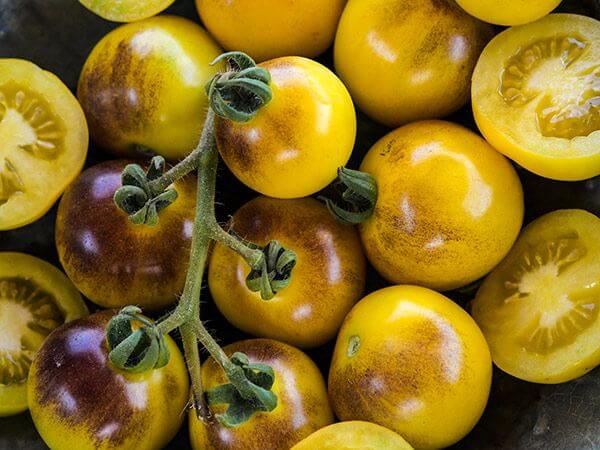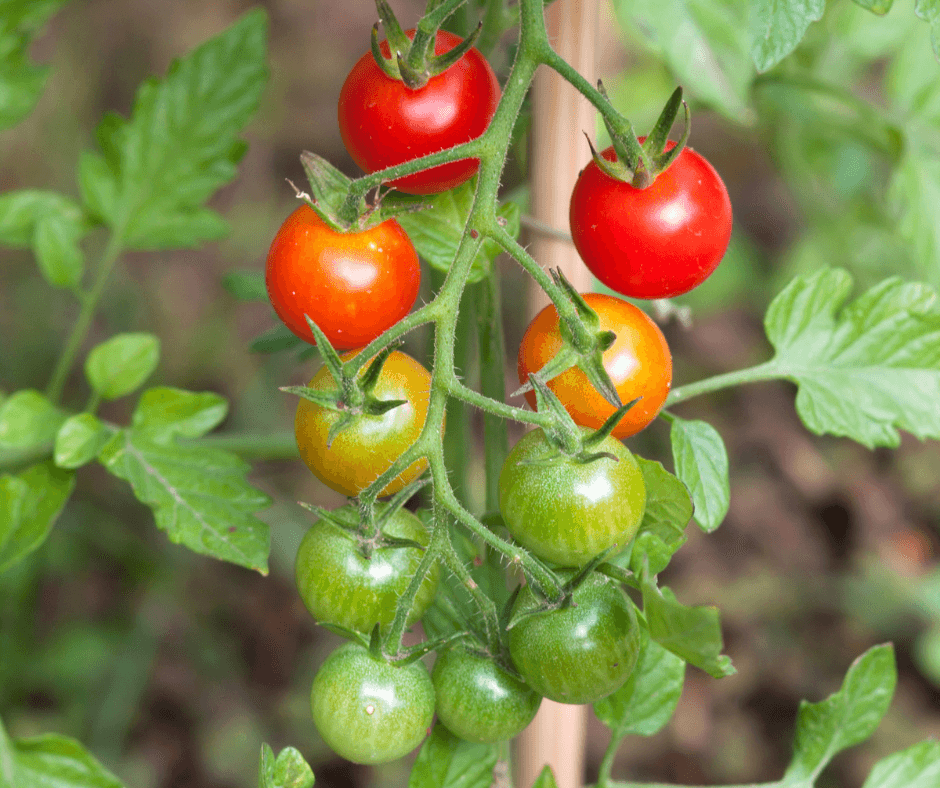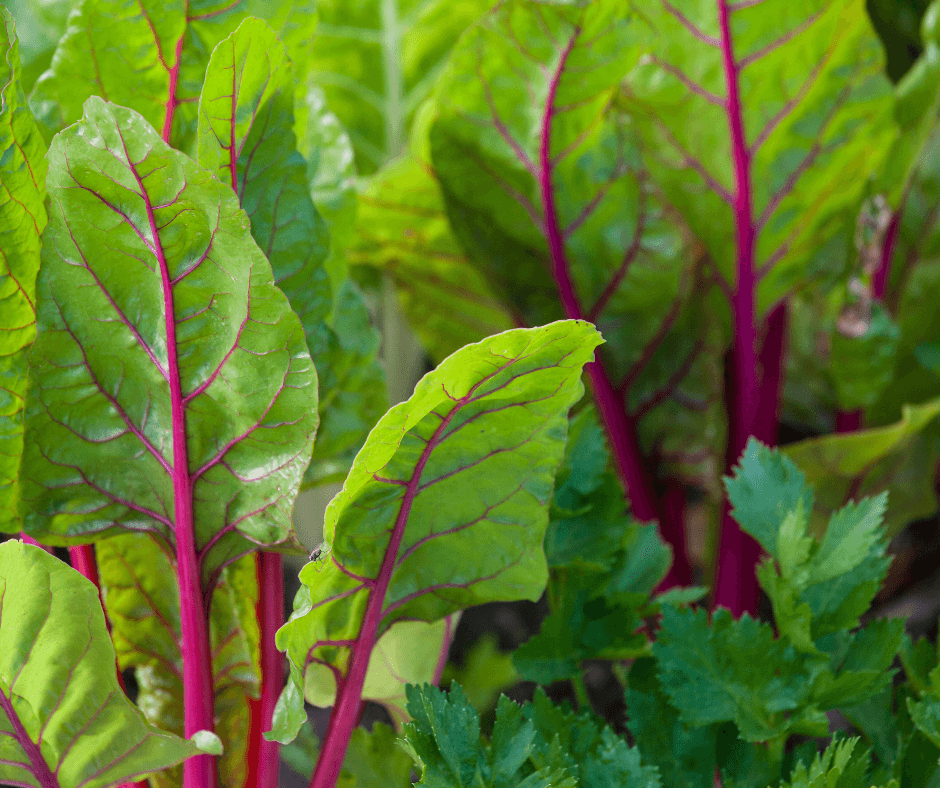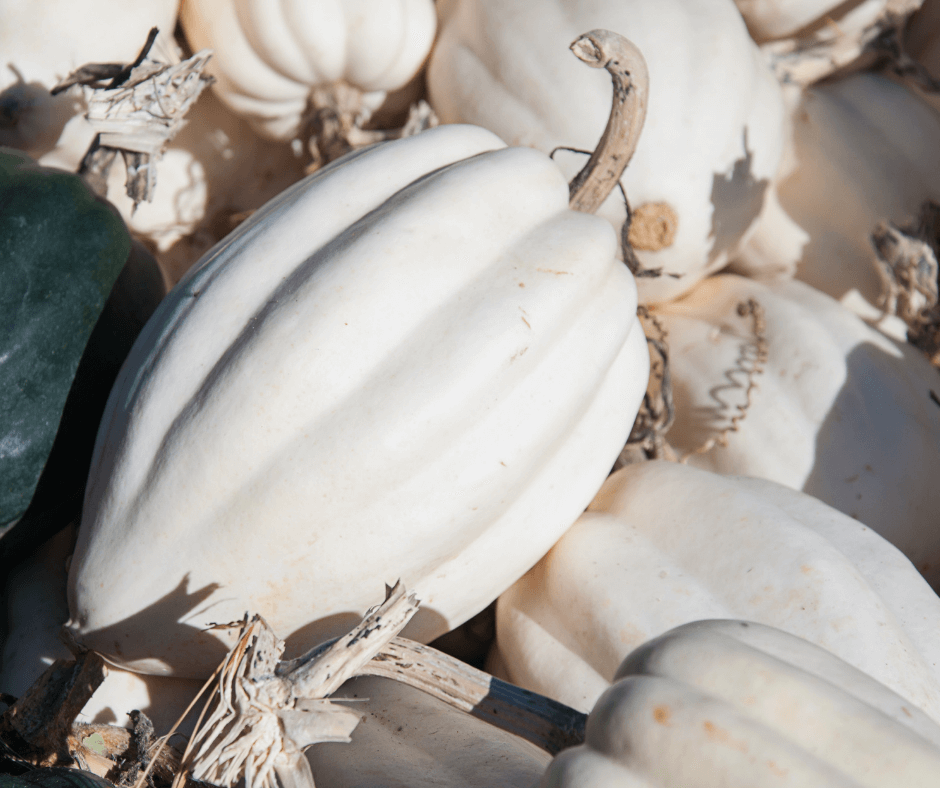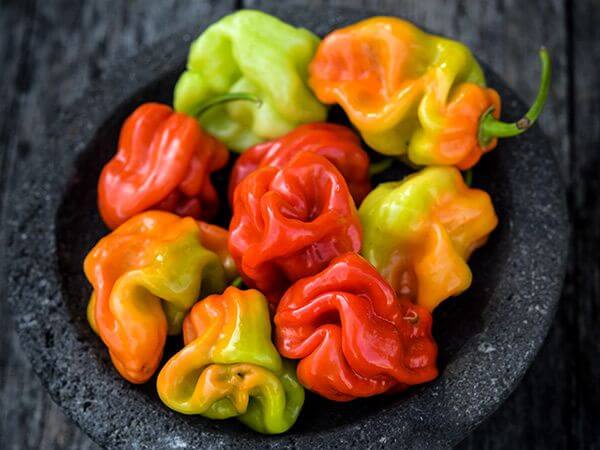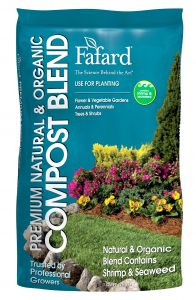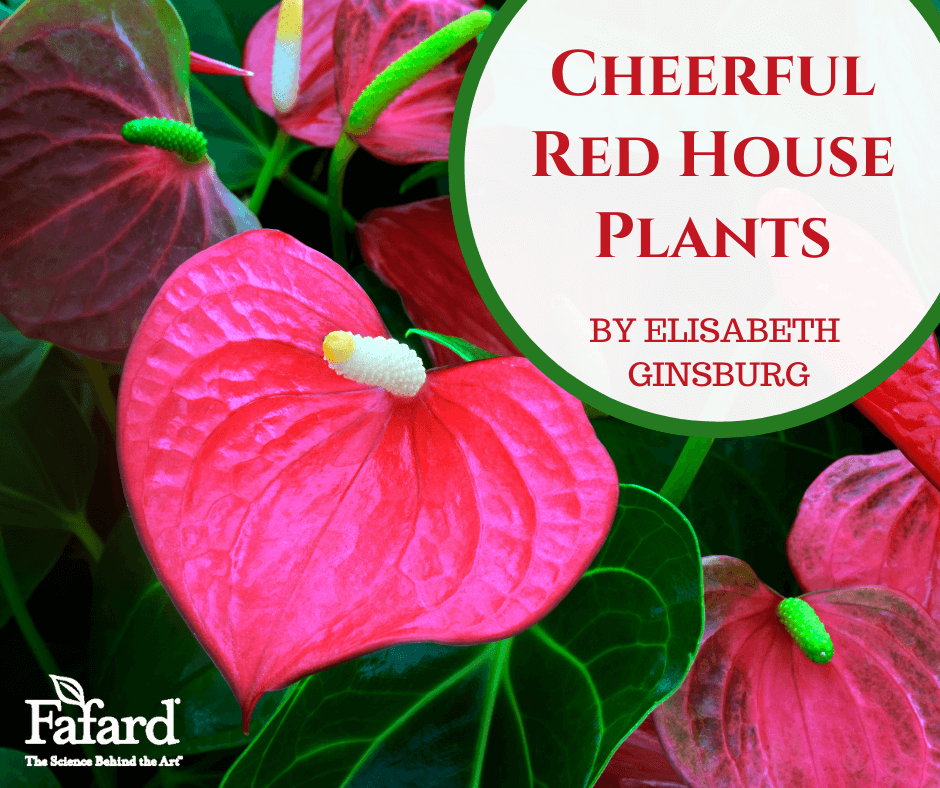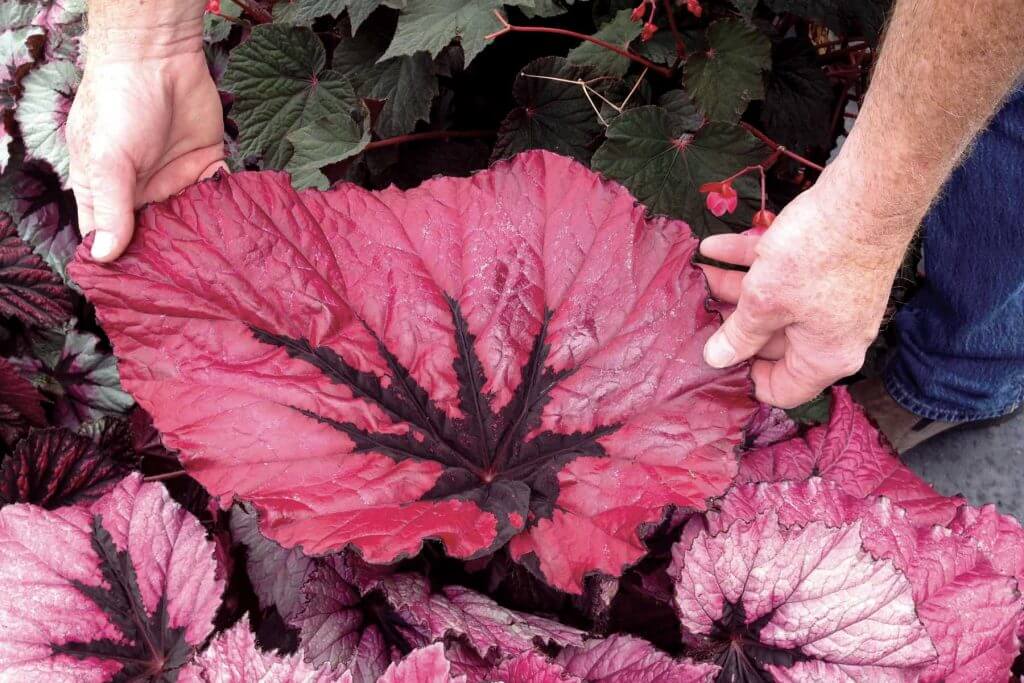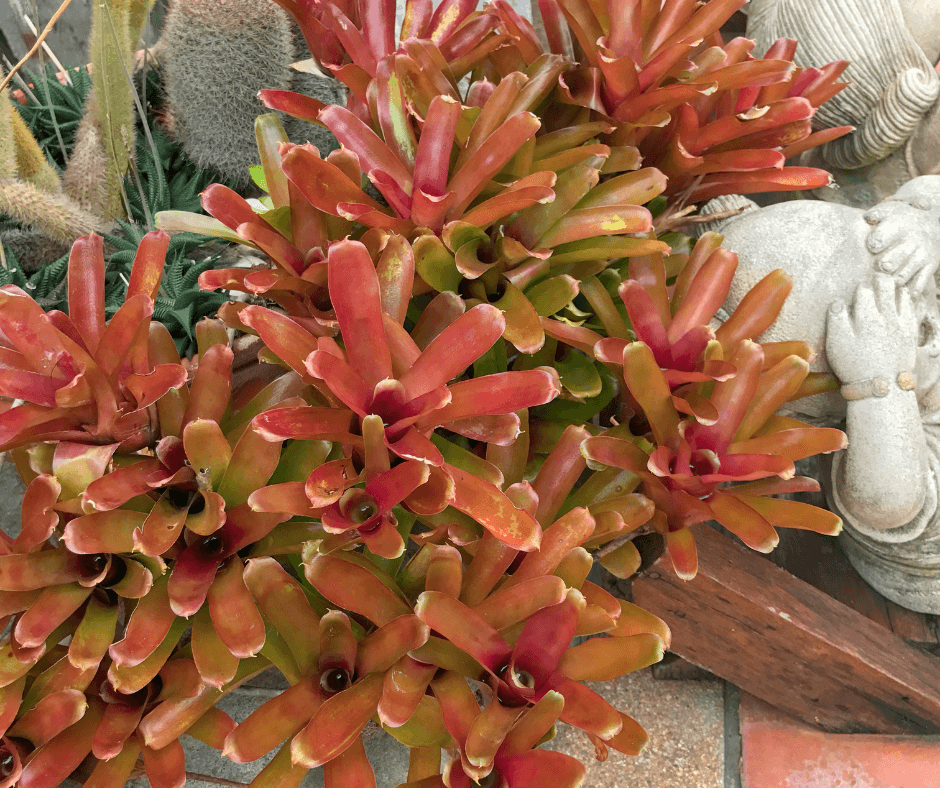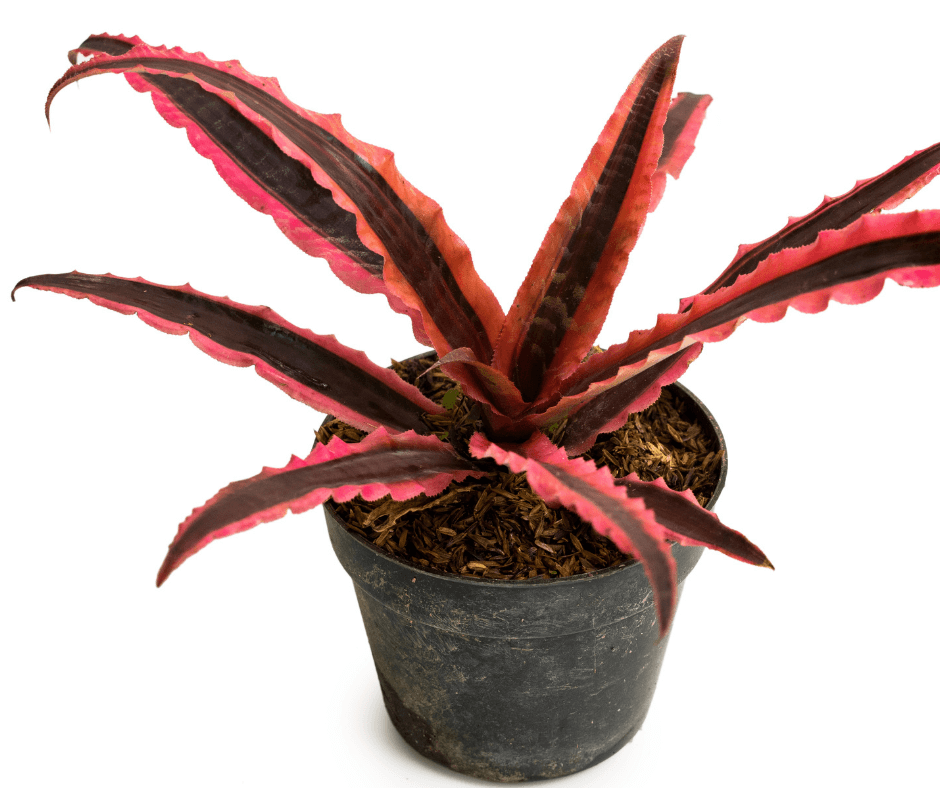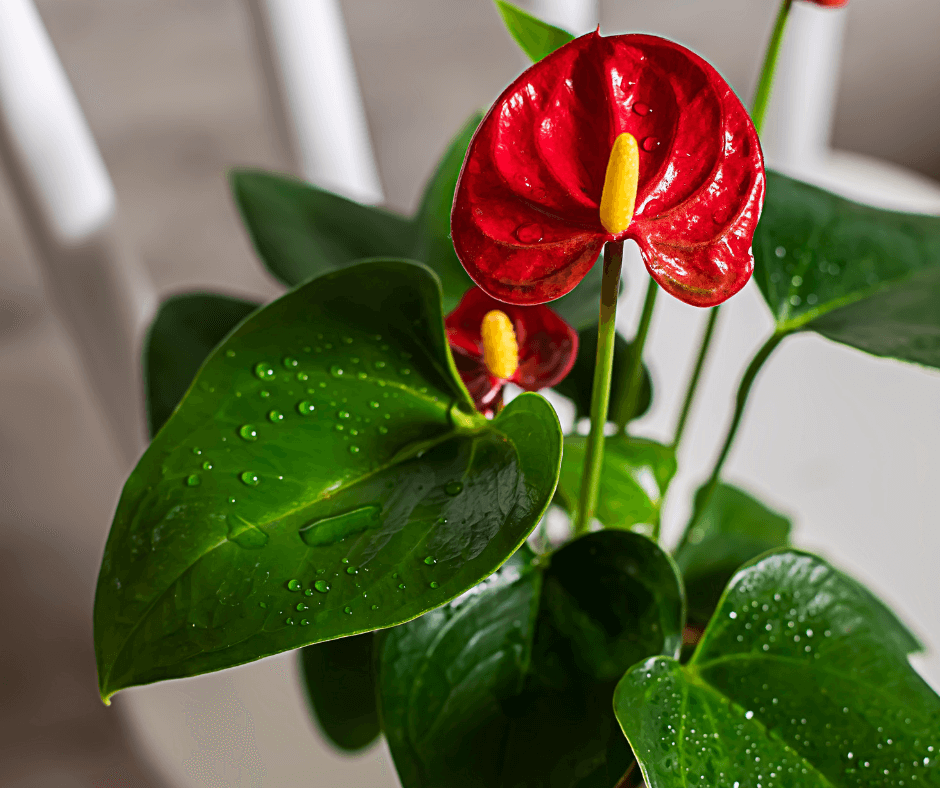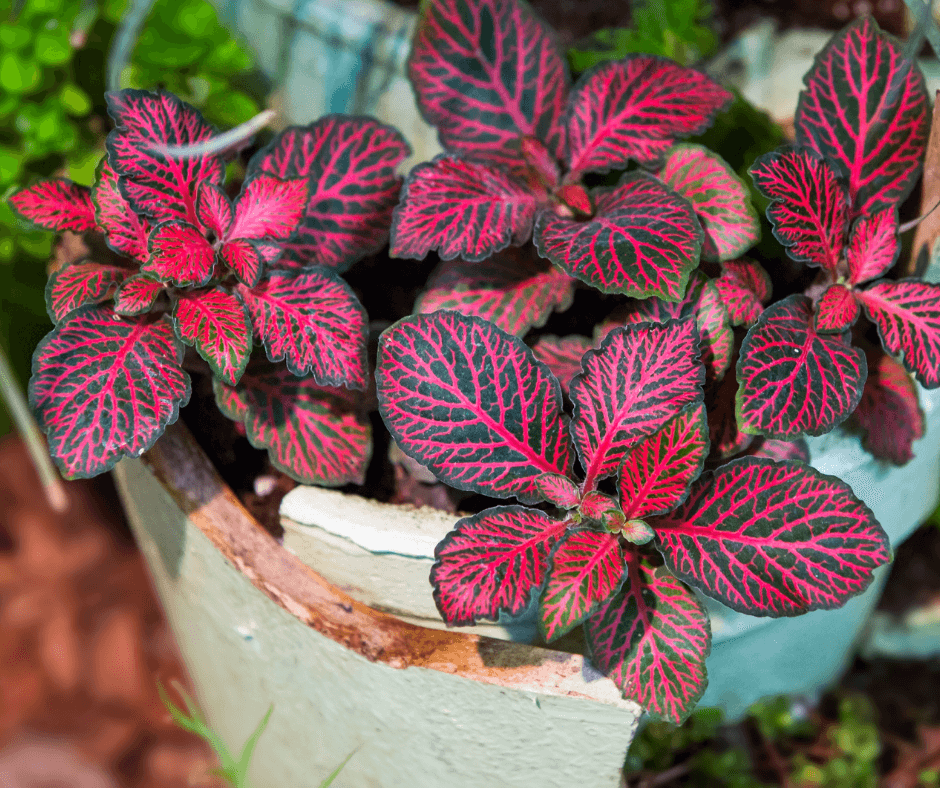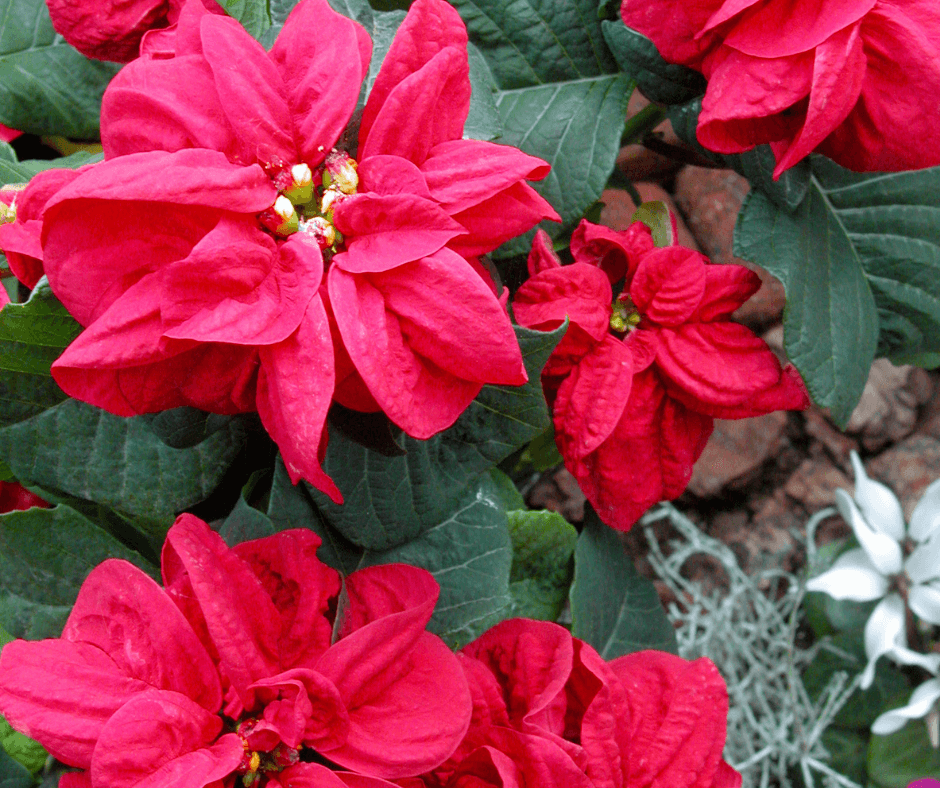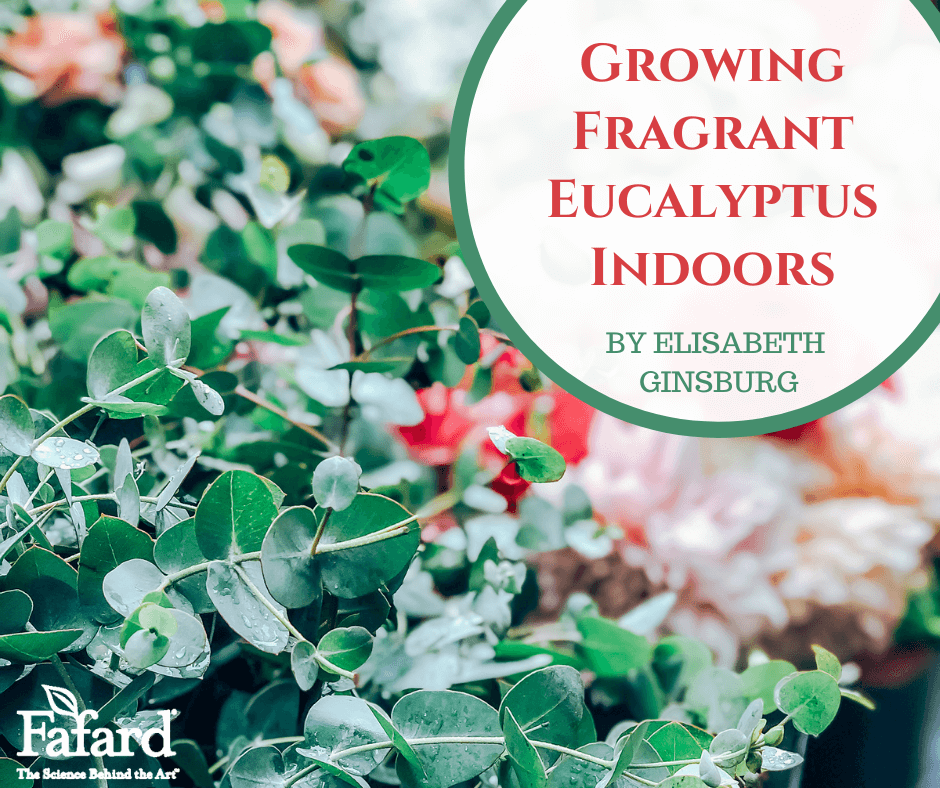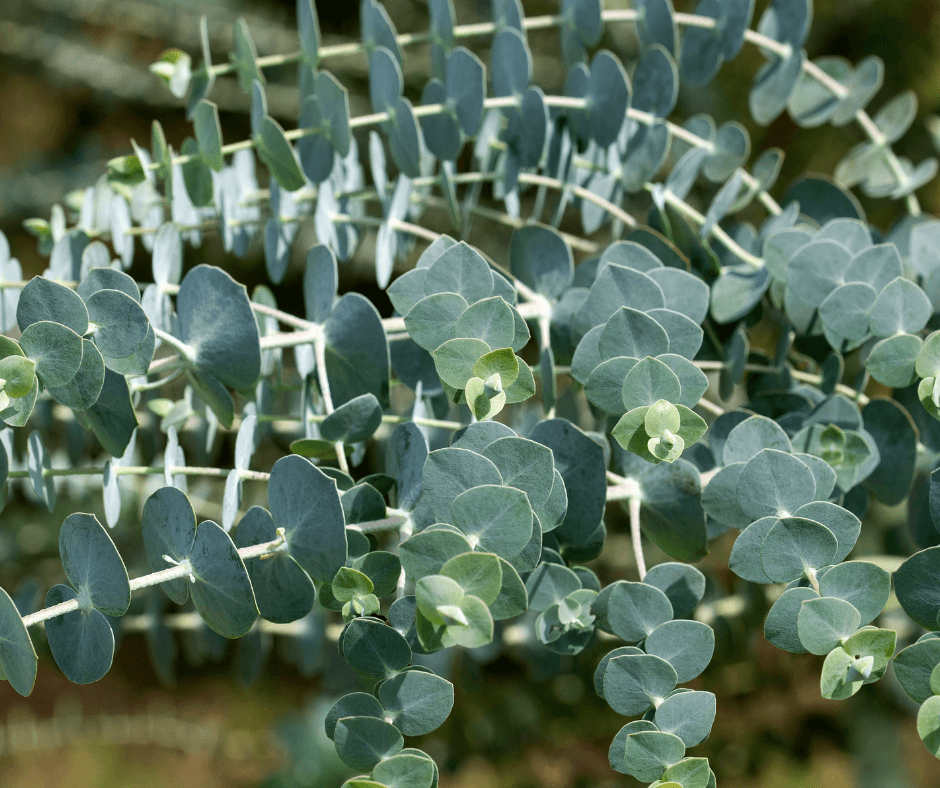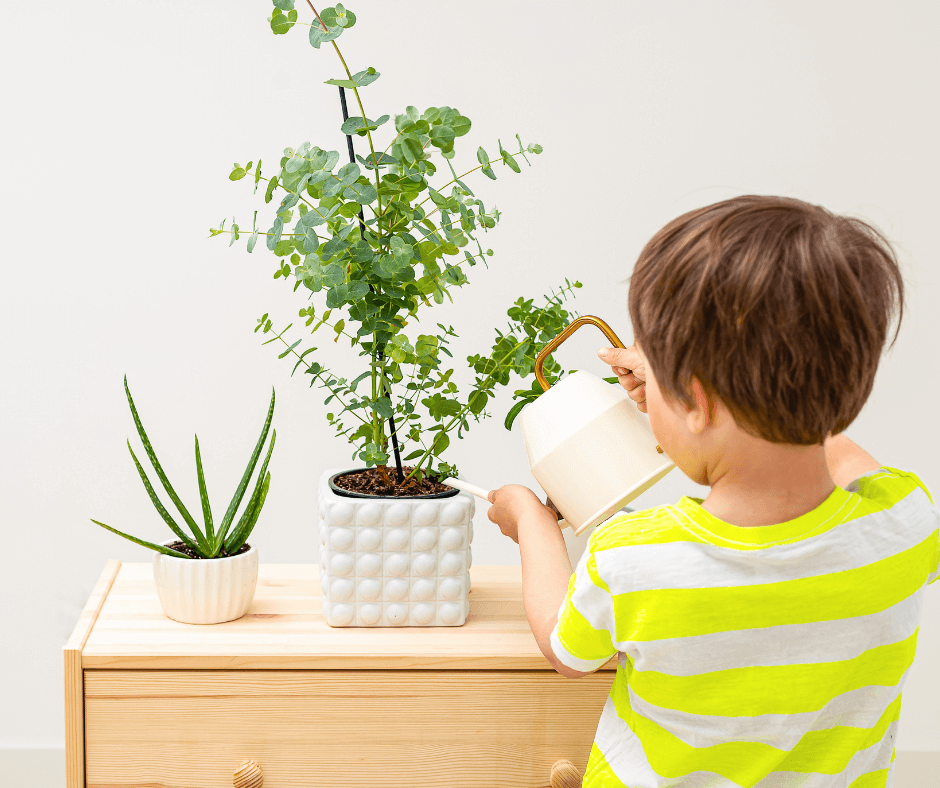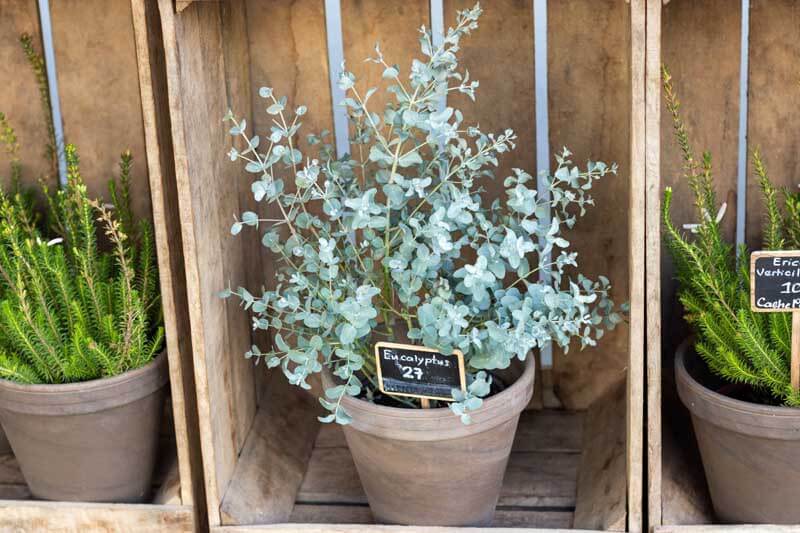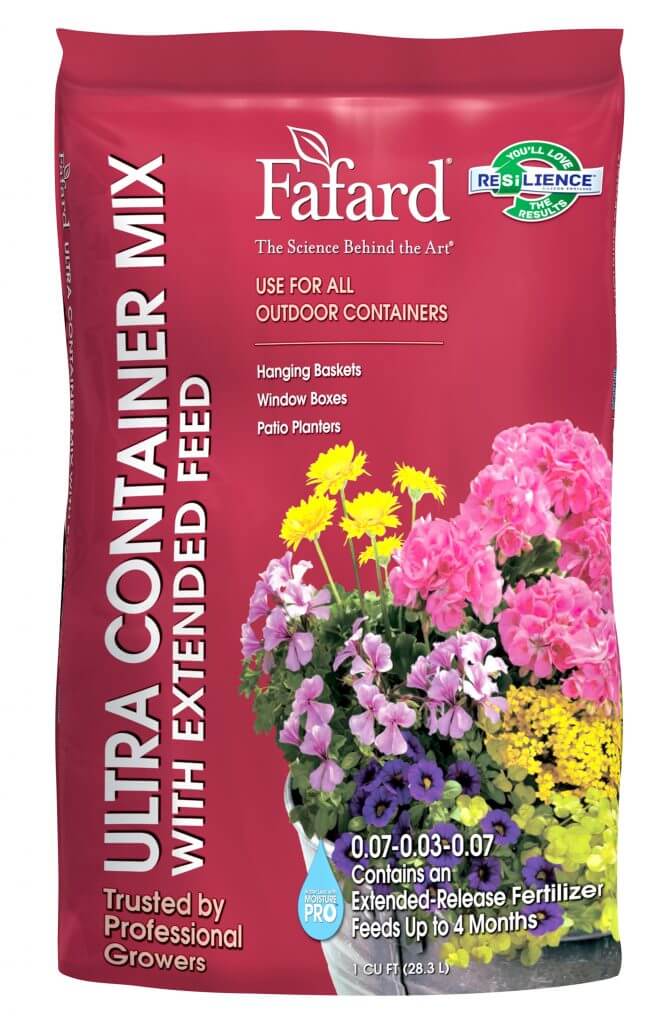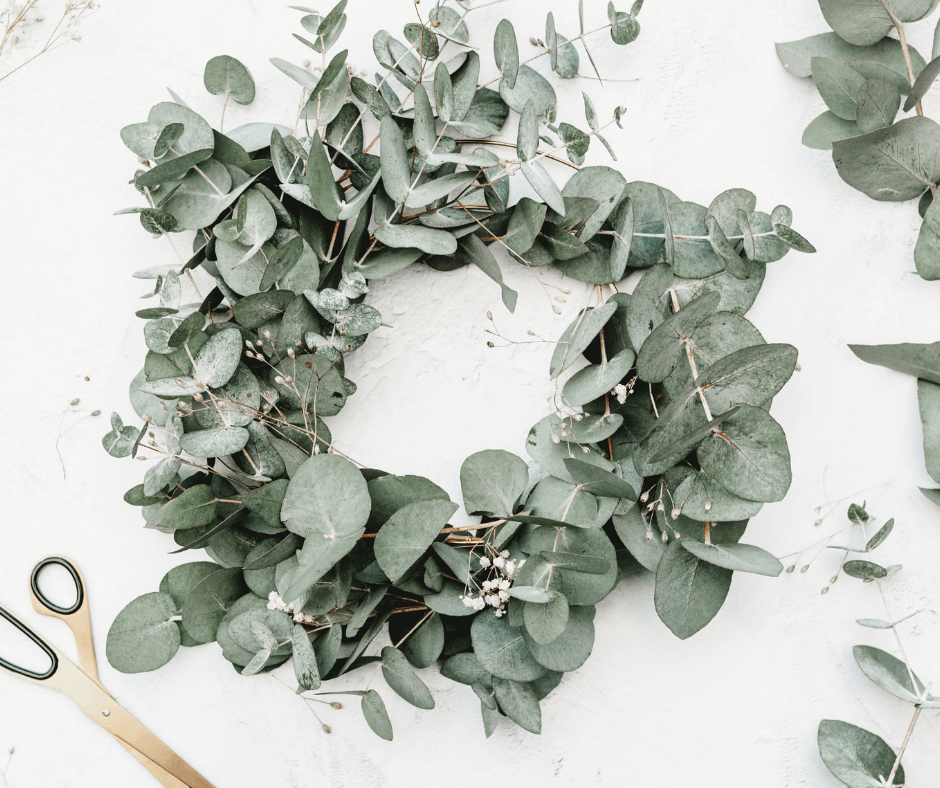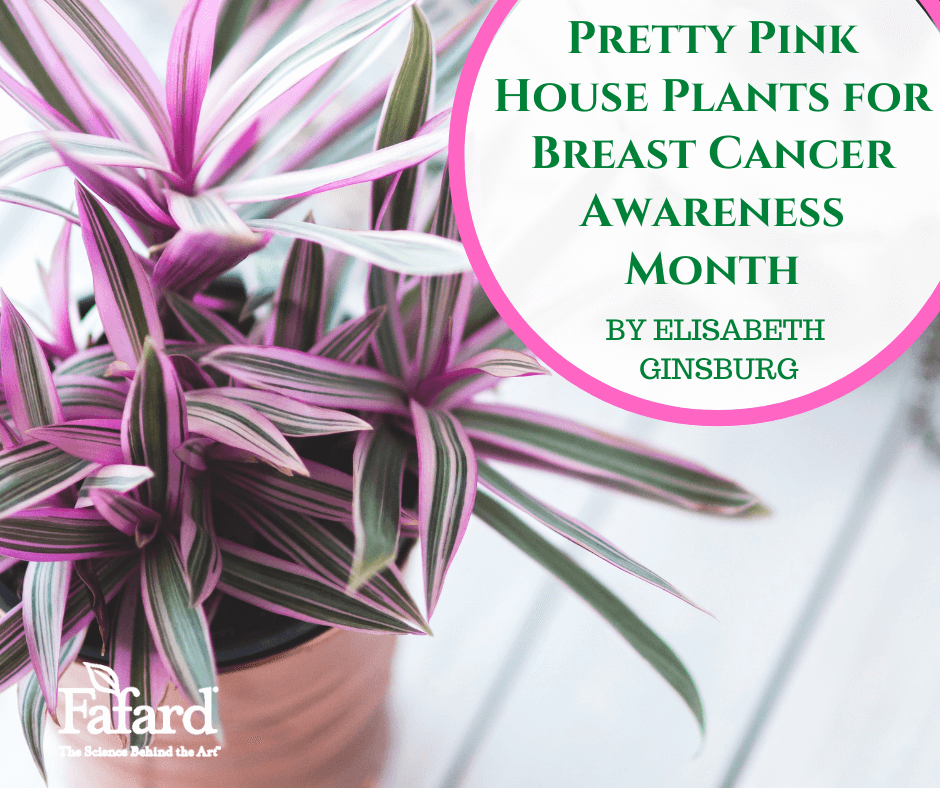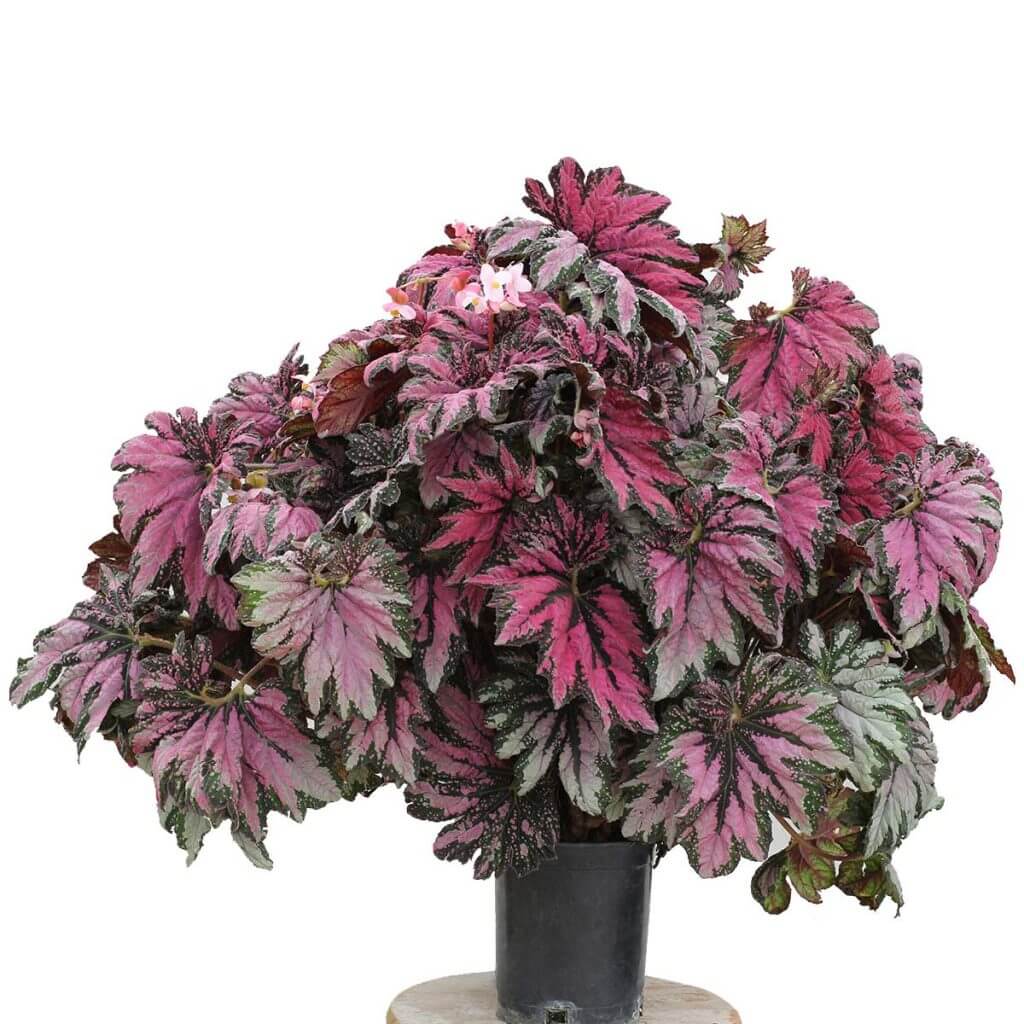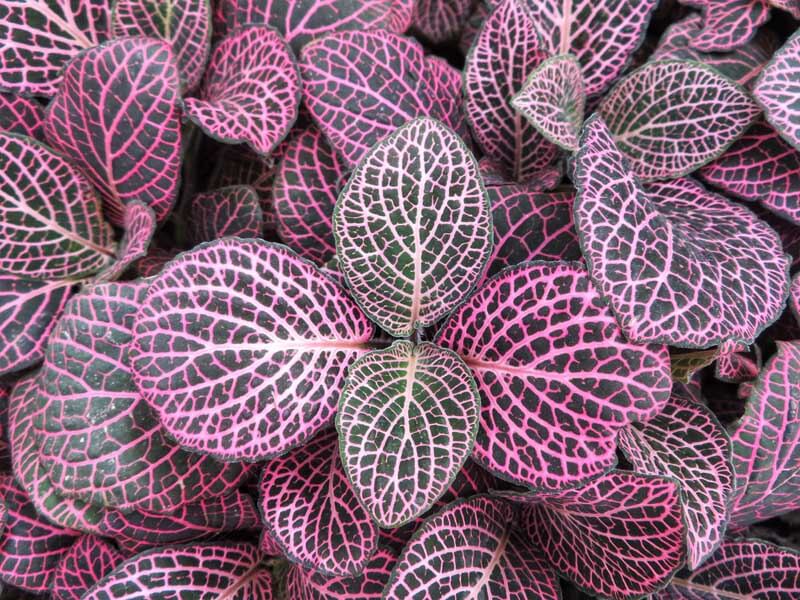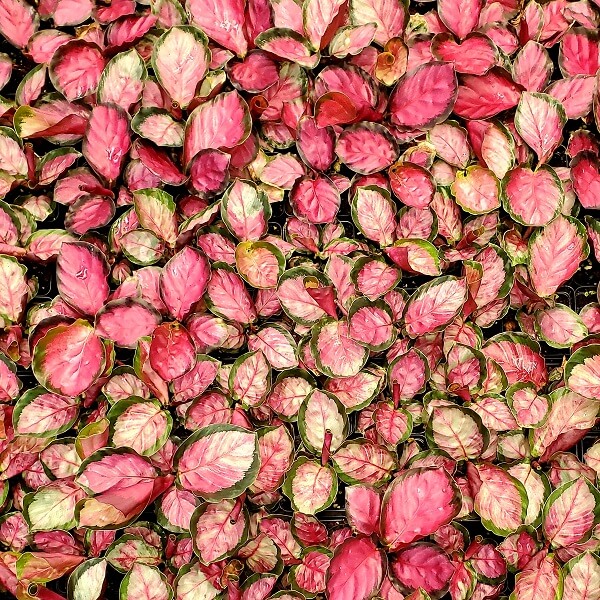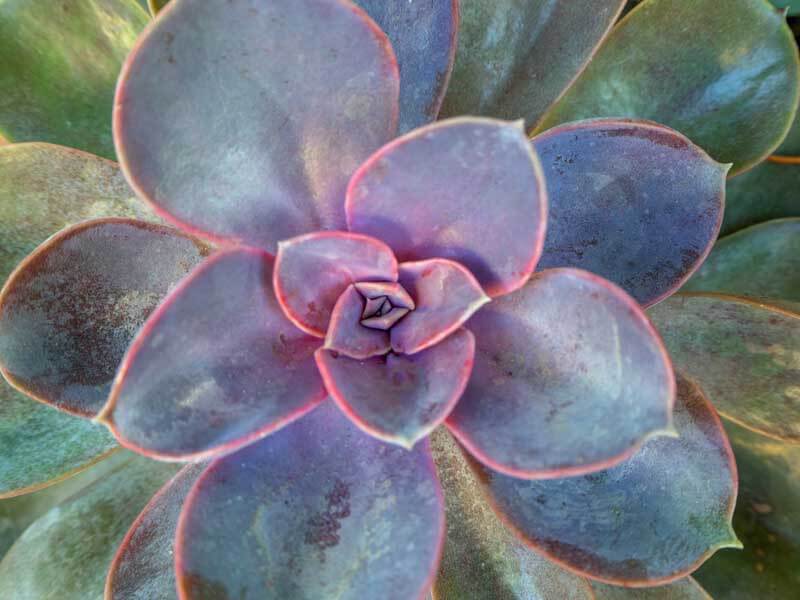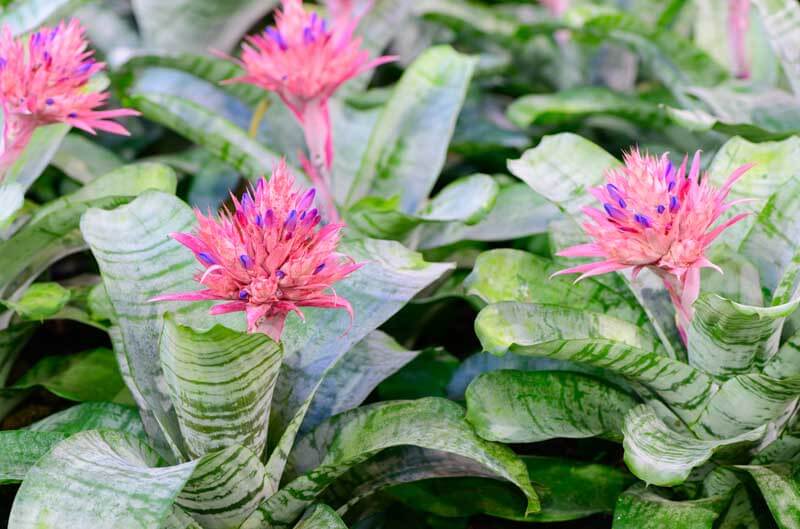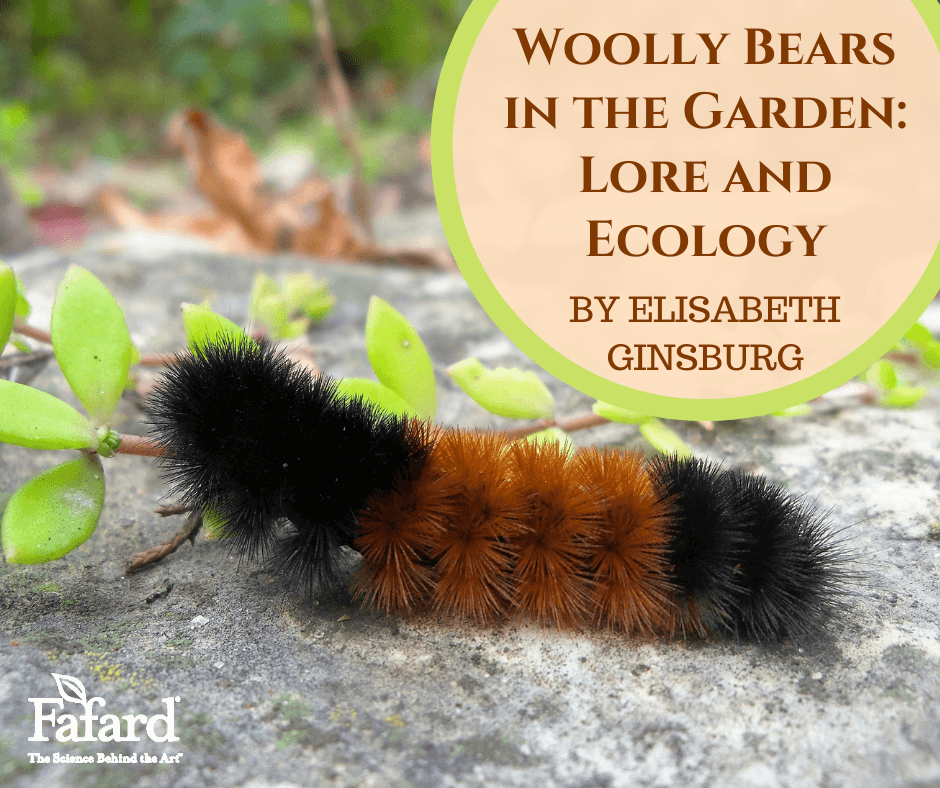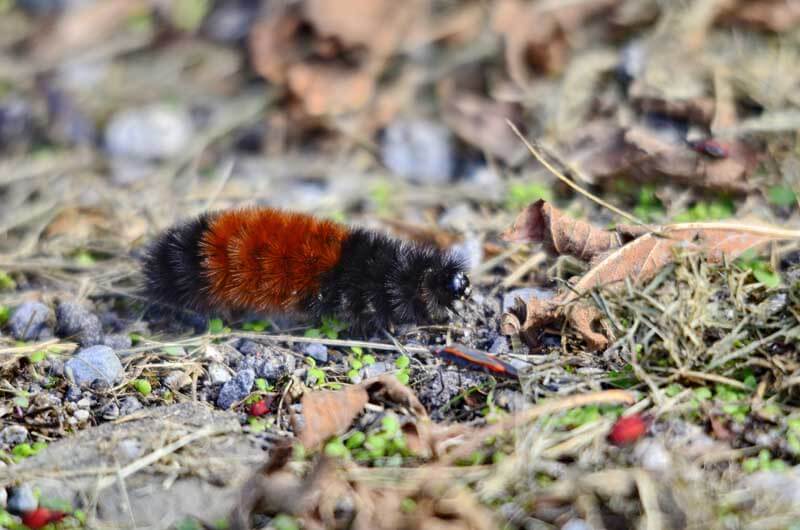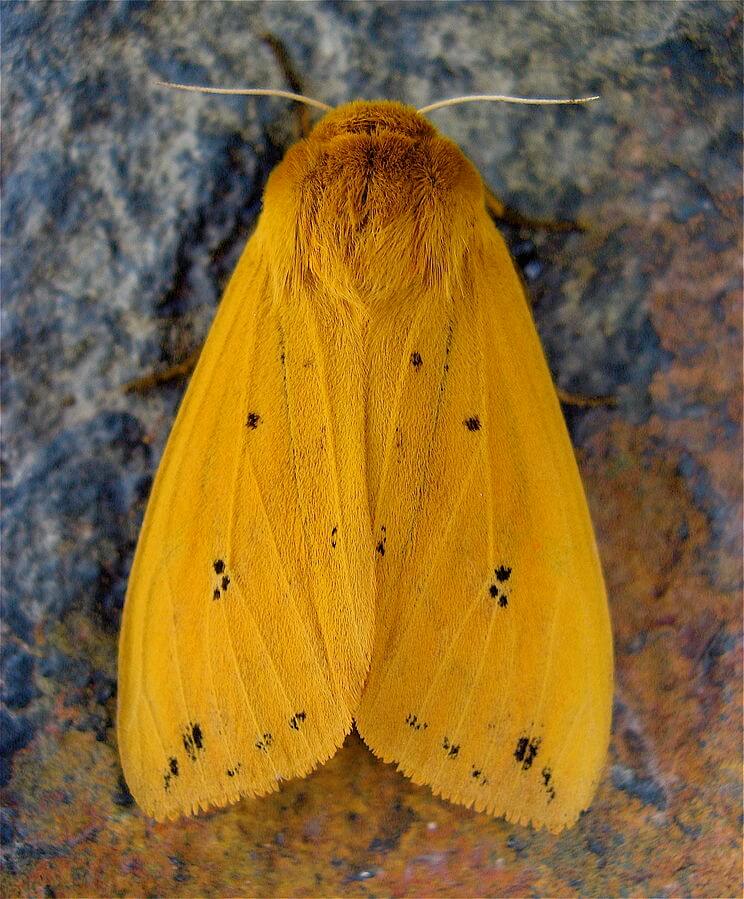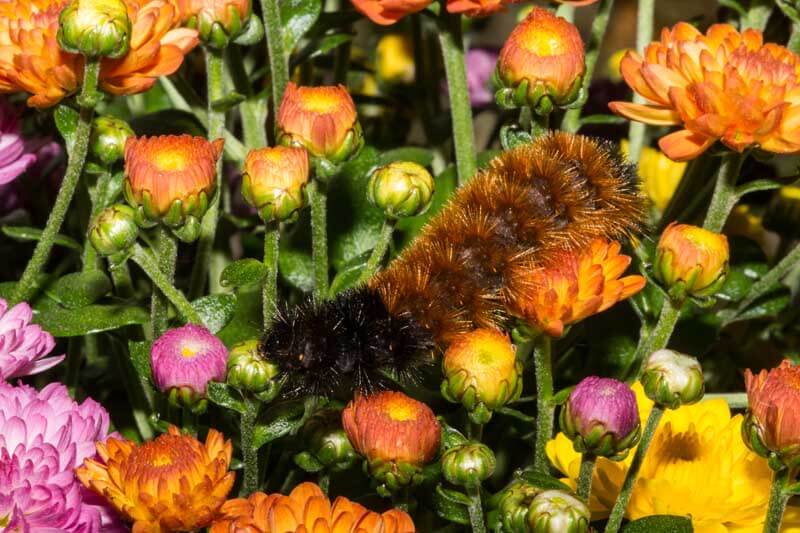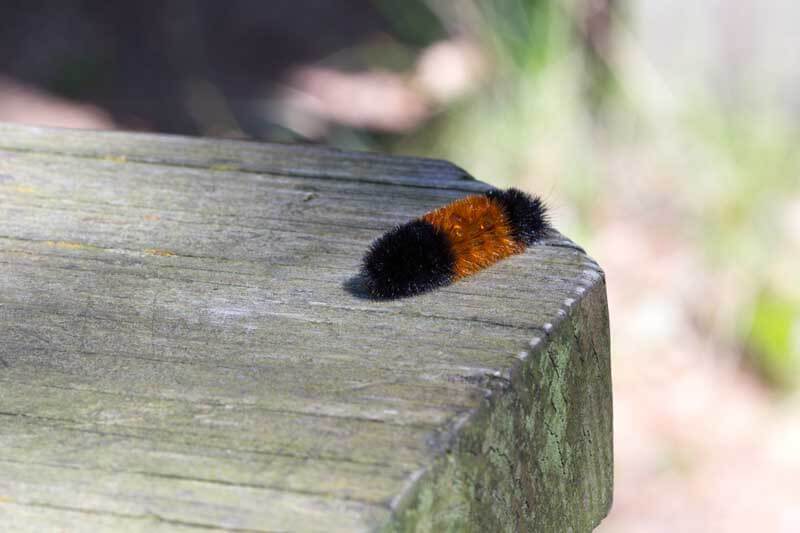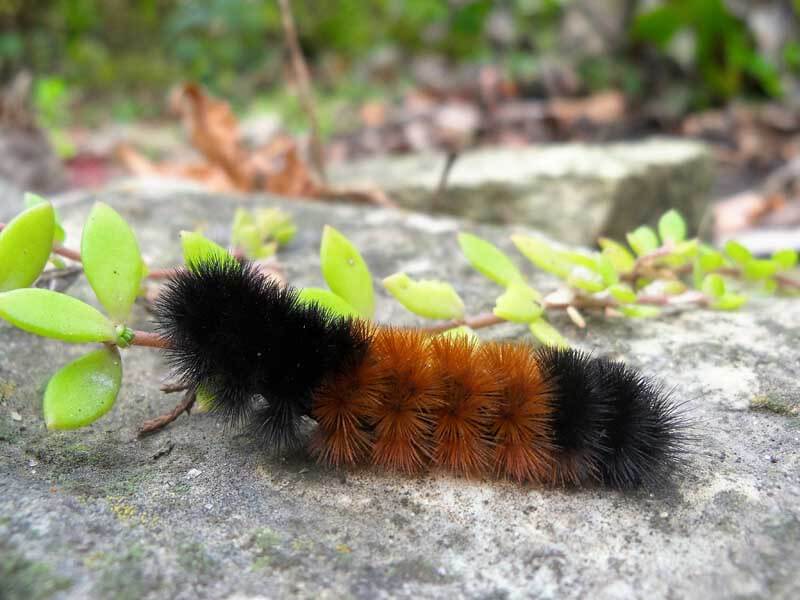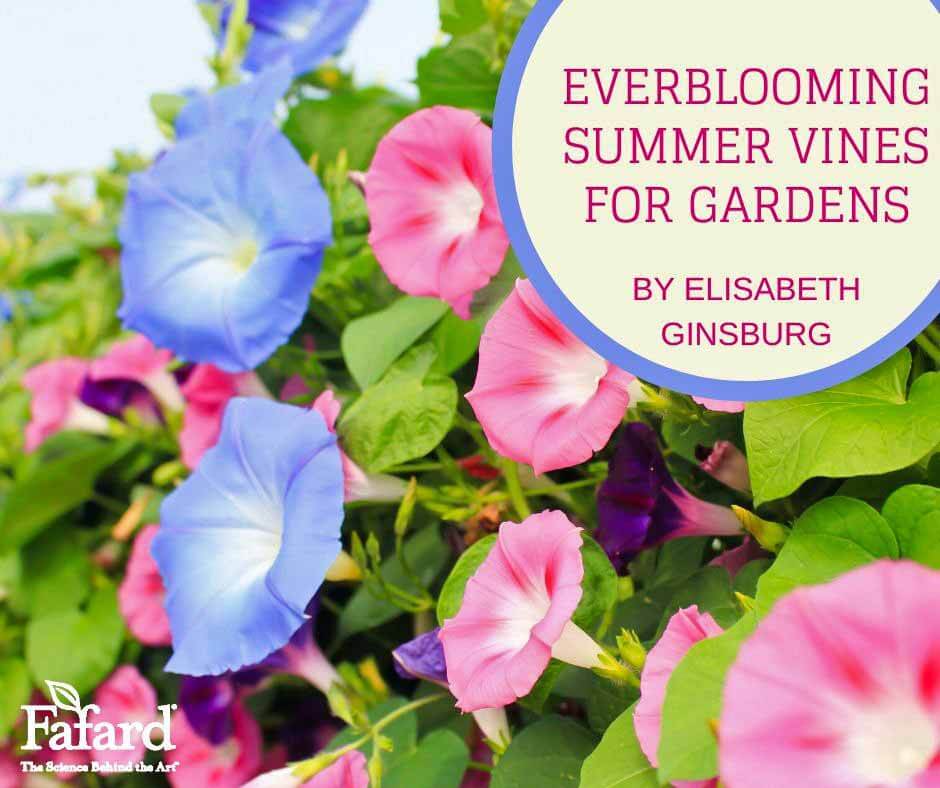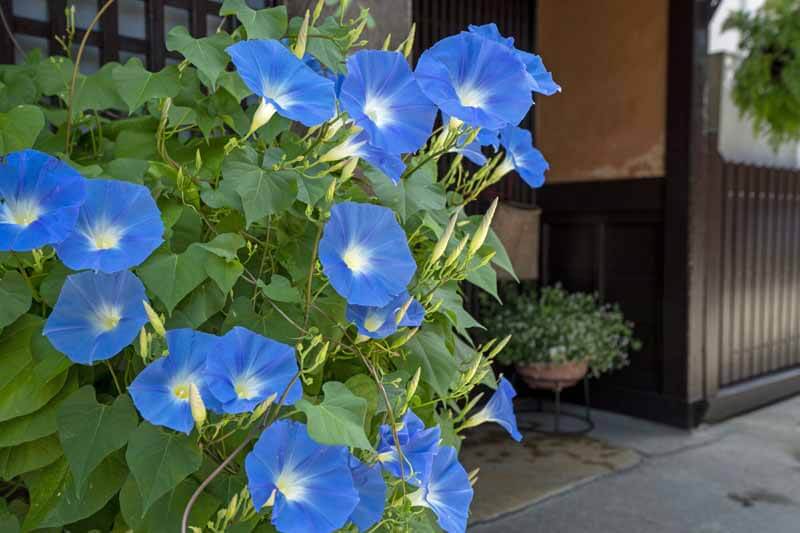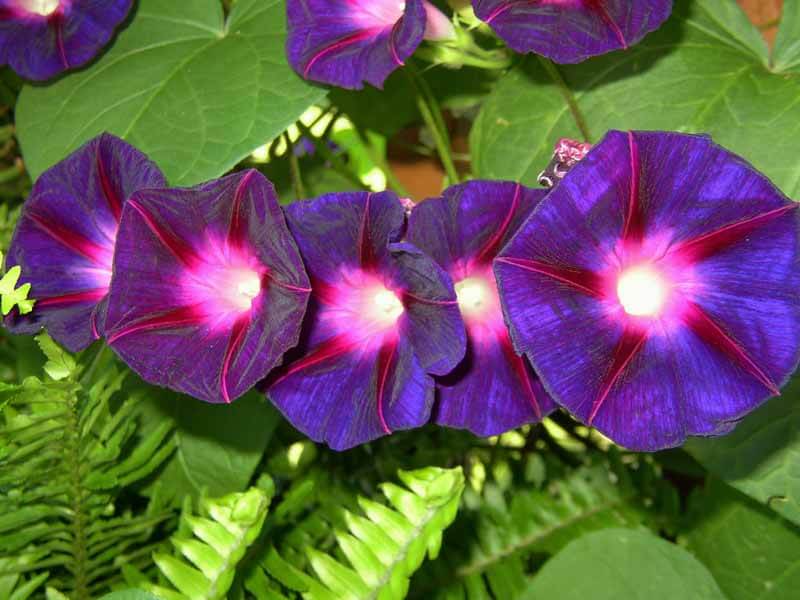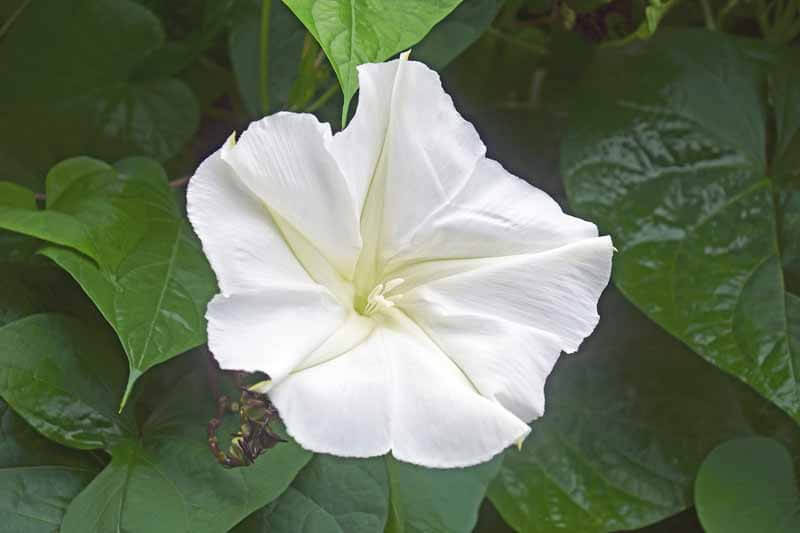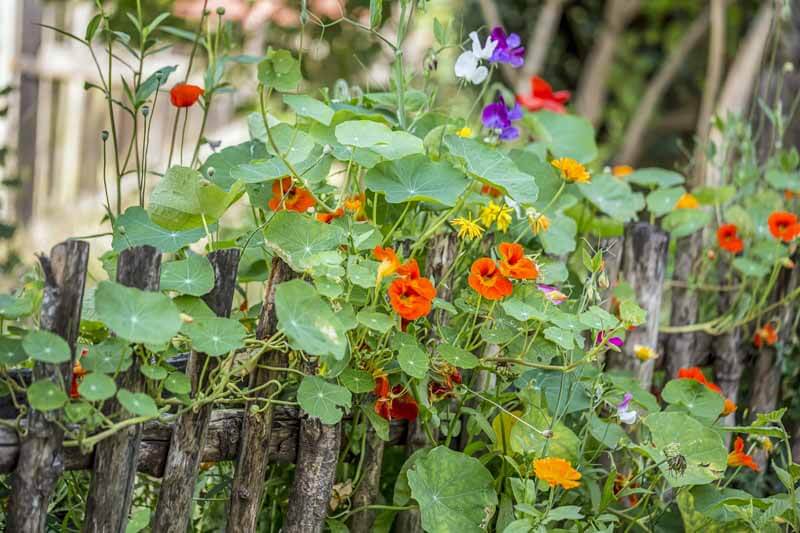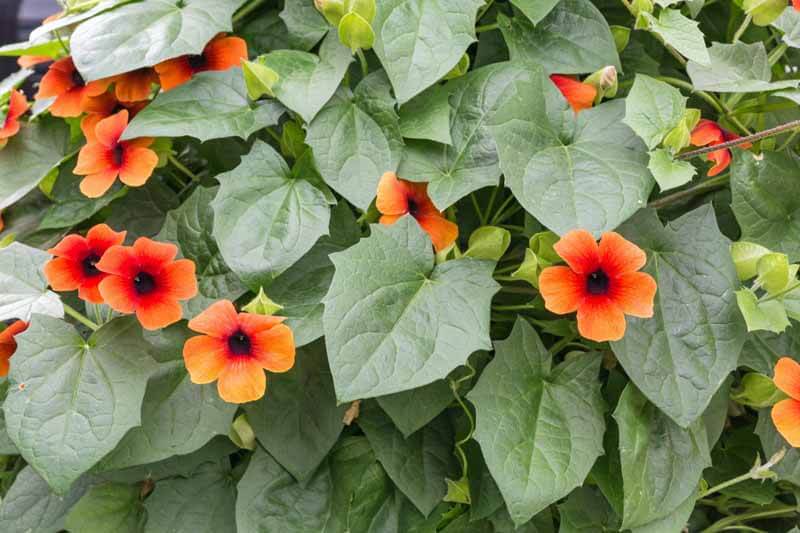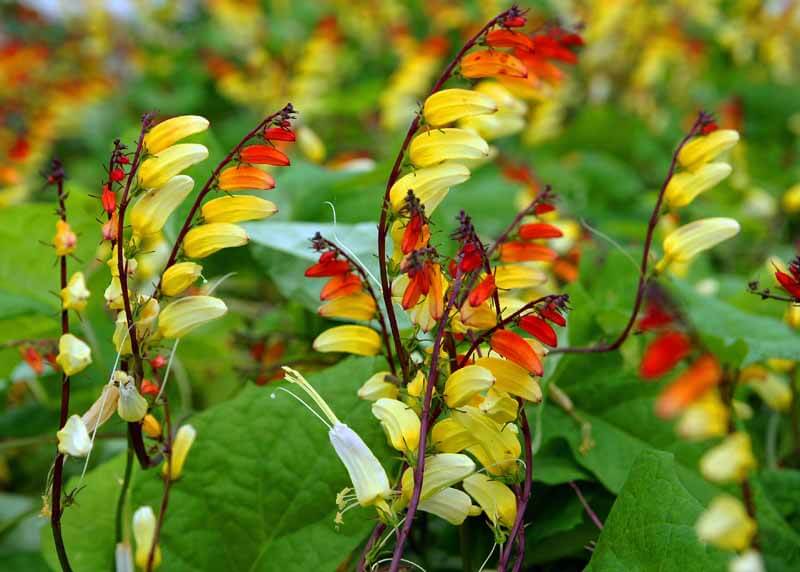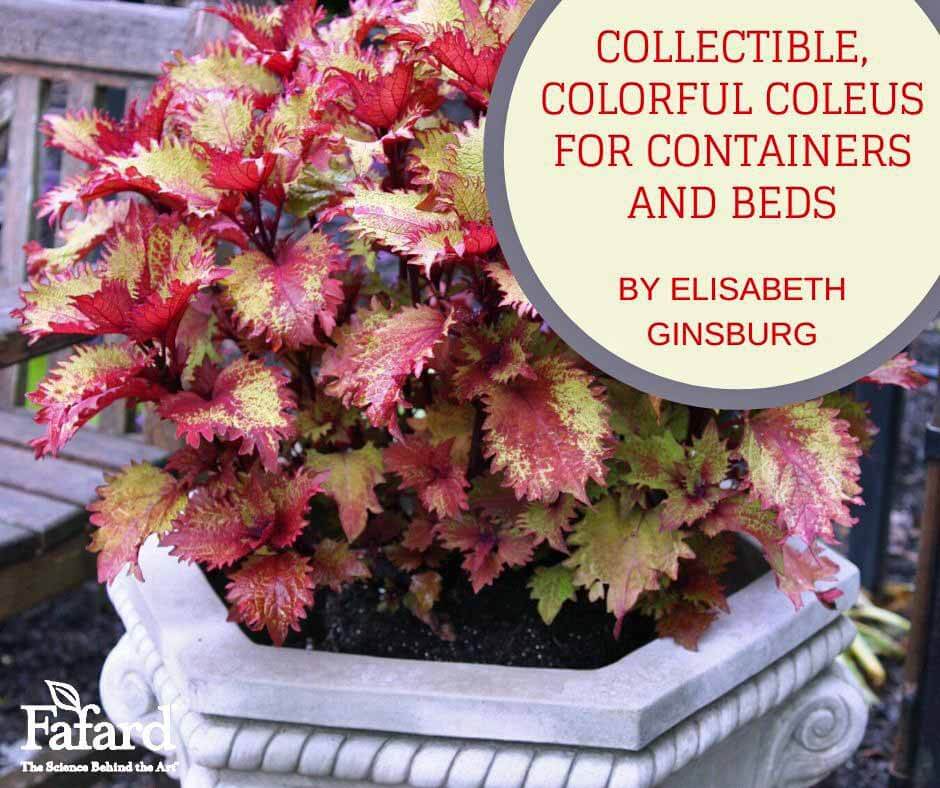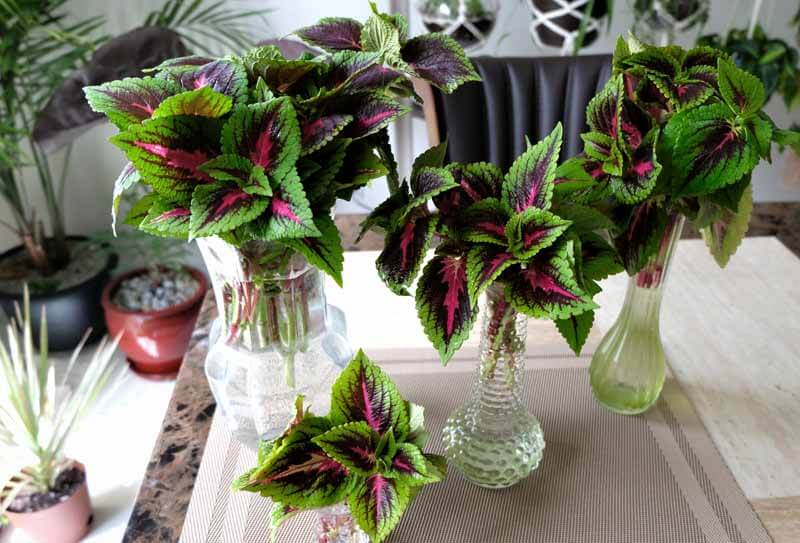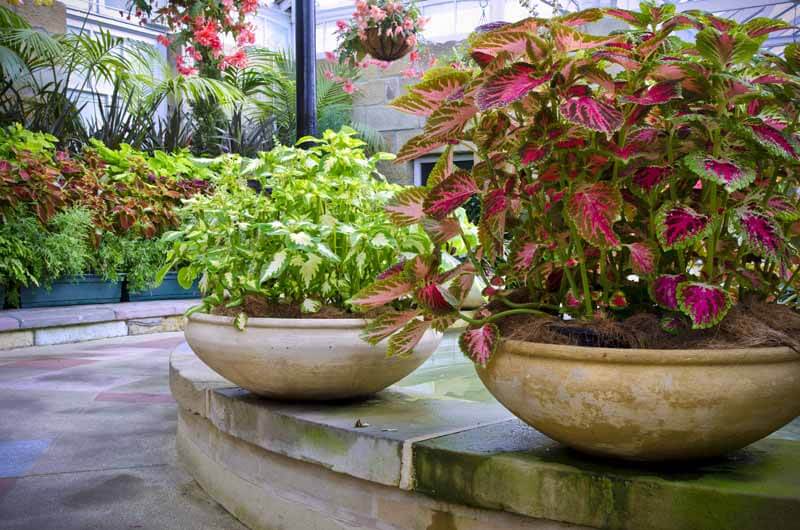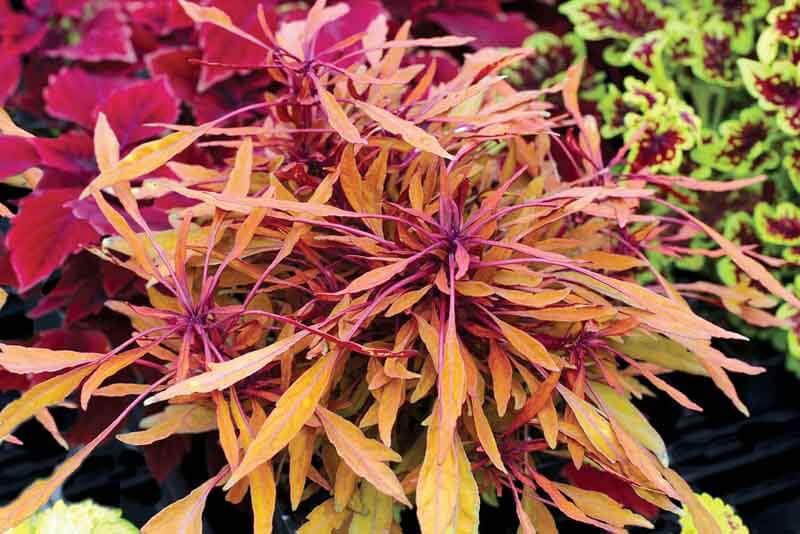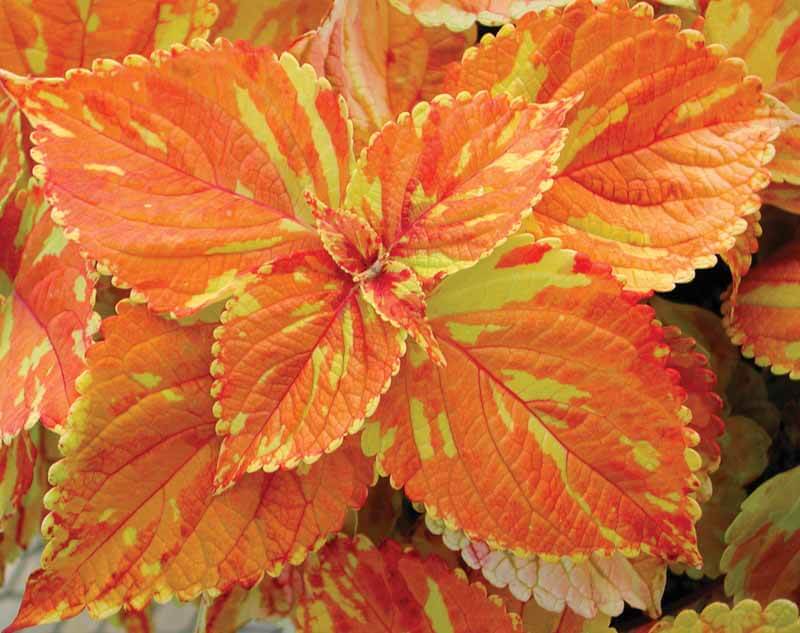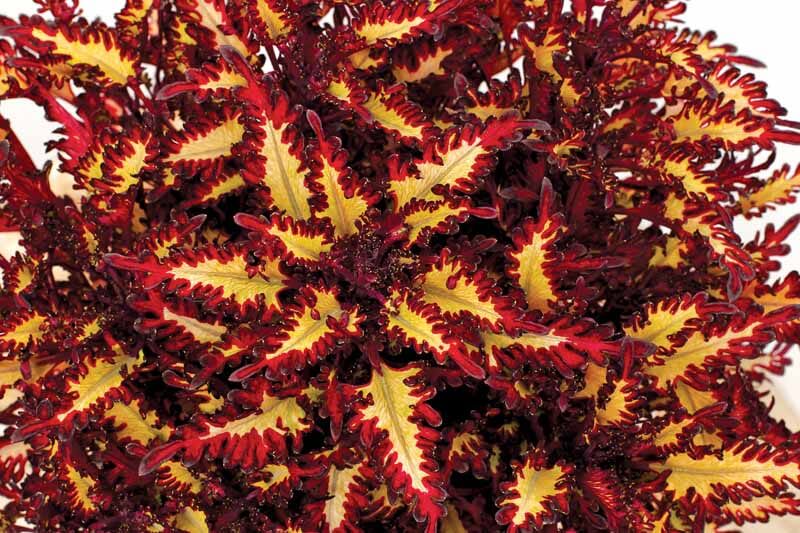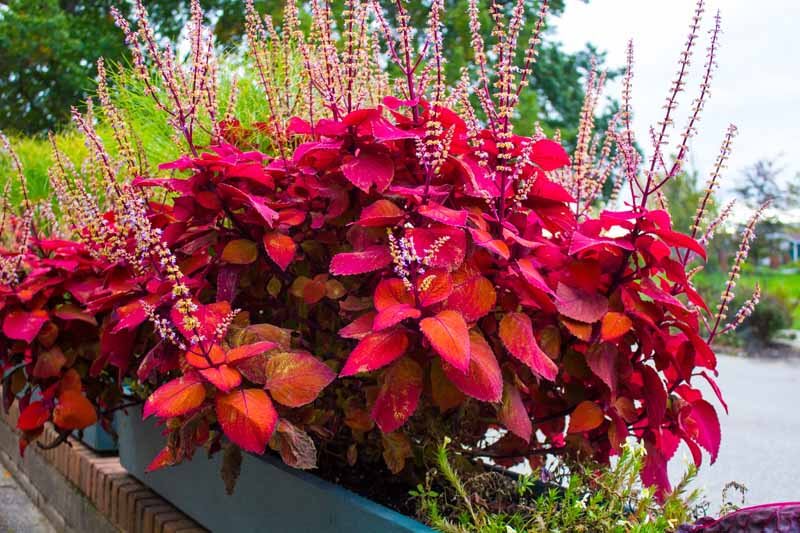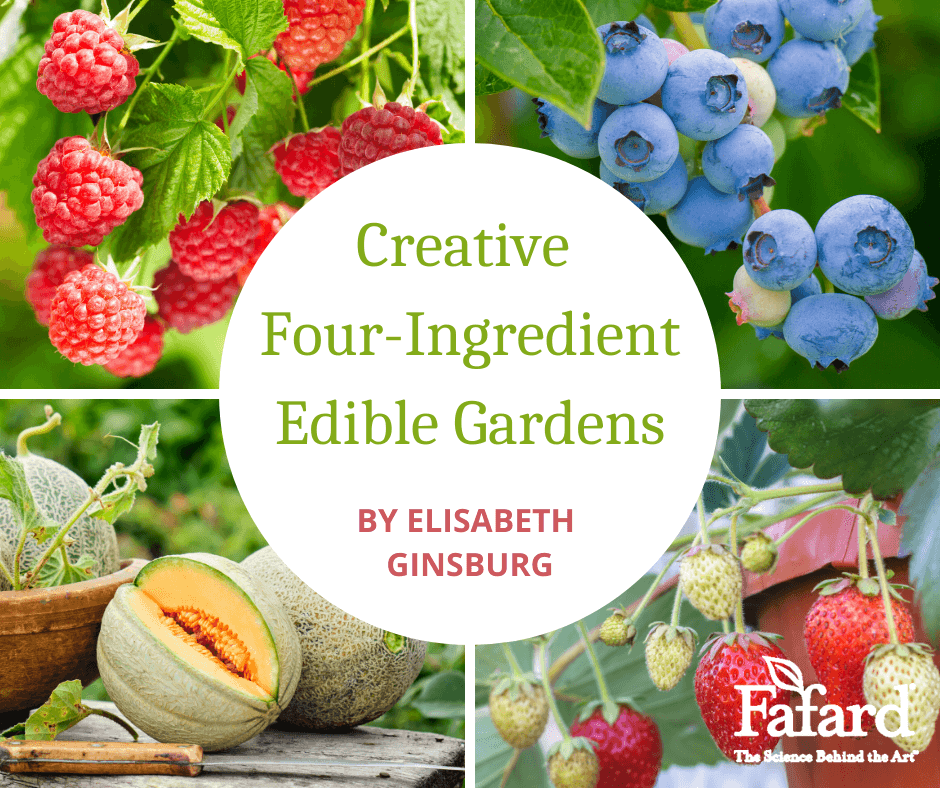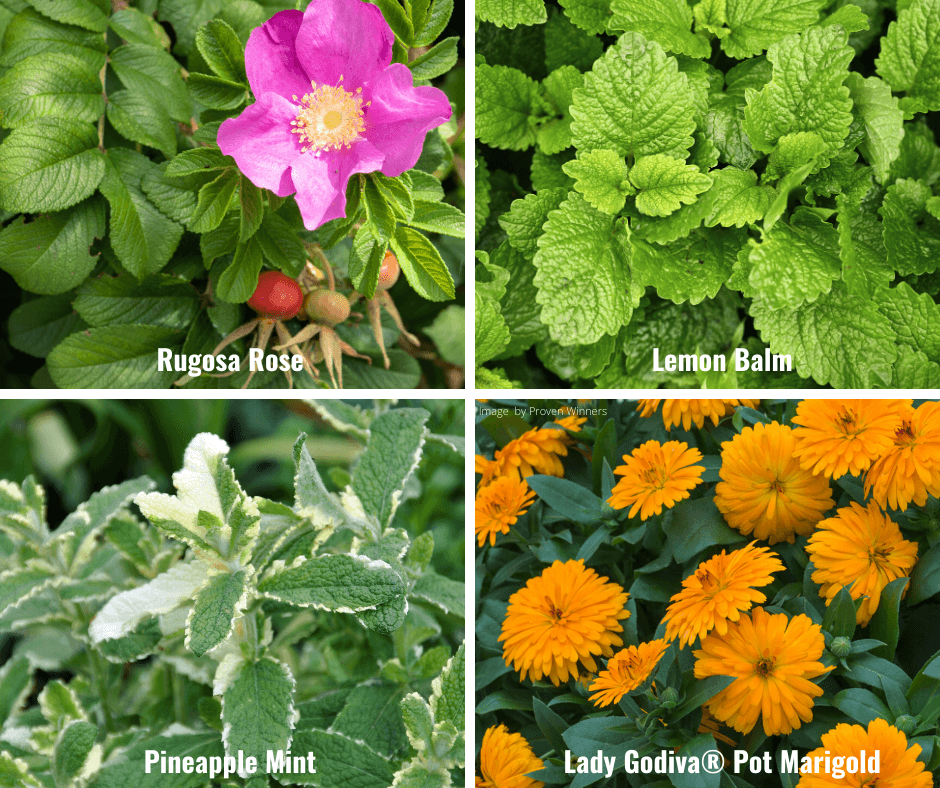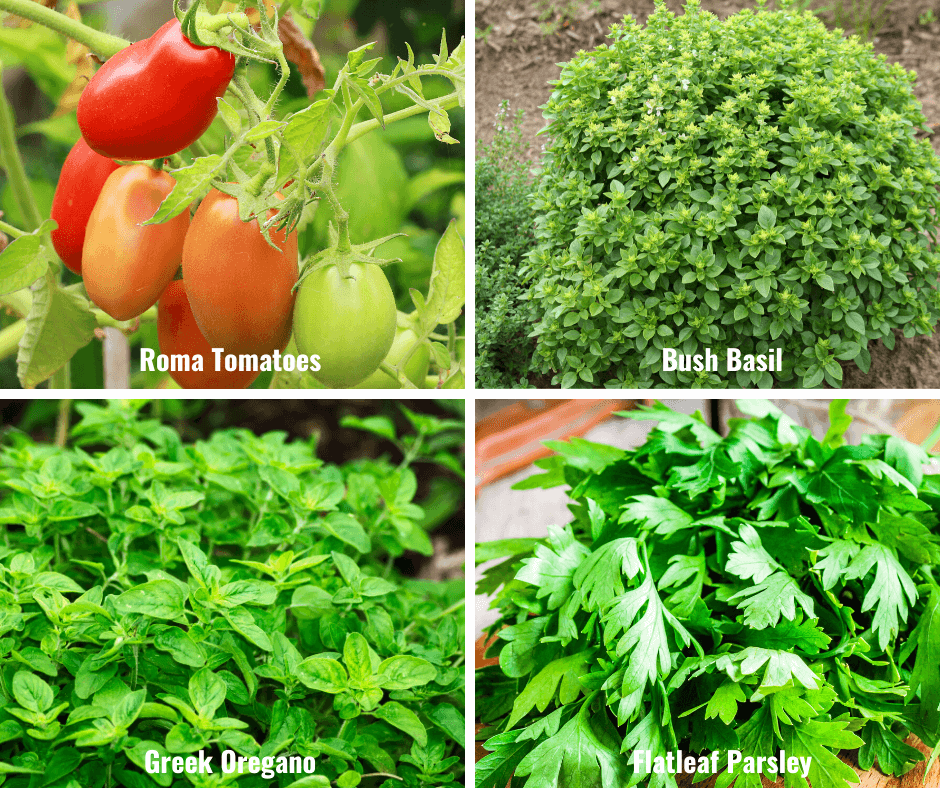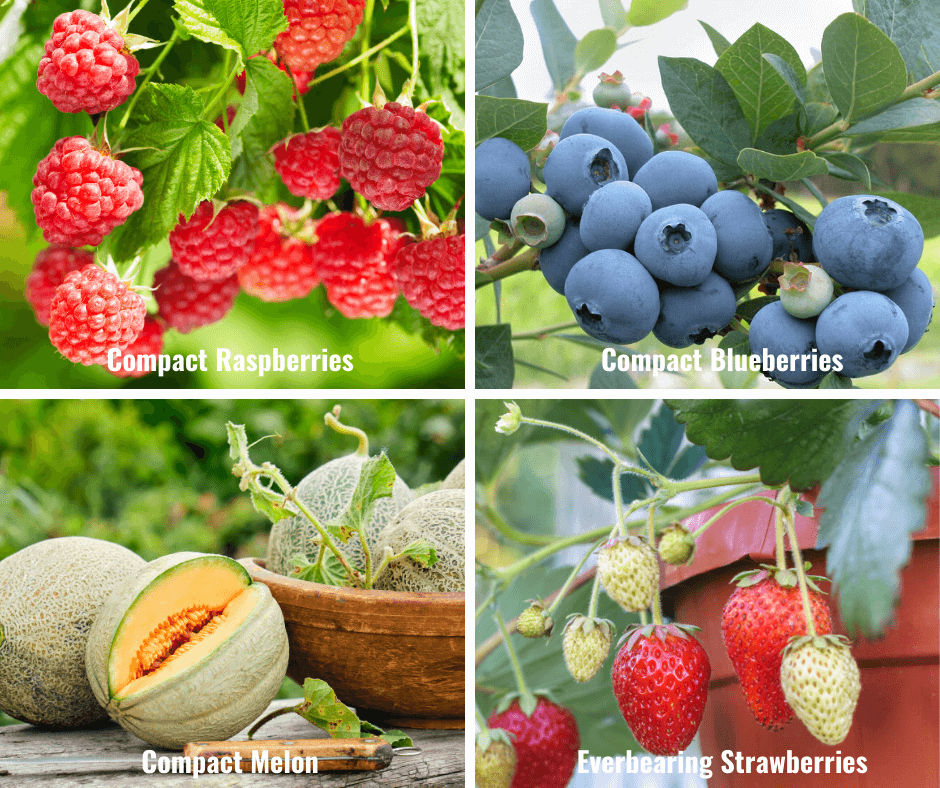
With the arrival of good weather, most of us who dig in the dirt want to spend as much time as possible doing it. Life sometimes has other ideas. Jobs, families, housekeeping, and annoying little chores like filing tax returns tend to interfere. The only way to confront those realities and make your garden grow is to create a “survival kit” of tools, strategies, and time-saving tricks that maximize the pleasure of gardening, even when time is at a premium.
Plan Your Garden

We all know the thrill of going to the garden center and grabbing gorgeous plants on the spur of the moment, but busy gardeners know that an ounce of planning saves a pound of precious time. Use bad weather days to plan and include everything related to your vision for the year’s garden, including necessary purchases. Plans don’t have to be terribly formal. Save time by making bulleted lists with check-off items. Order whatever you can from trusted online vendors. (Dave’s Garden Mail Order Garden Watchdog is a good tool for checking garden centers out before making purchases.) If you do go to the garden center, make a list so that you can get everything you need in one trip.
Reality Check Your Garden Goals

It’s OK to dream big, as long as you don’t overwhelm yourself with unattainable goals. You can maximize your garden time with good strategies, but you can’t invent time that you do not have. If other responsibilities mean that you will only have a few hours a week in the garden this coming season, figure out what that means. The garden can still be beautiful, but you should probably avoid fussy plants and major projects.
Use Existing Garden Resources

Save time by making your garden beautiful and productive with elements that you have on hand. Use planters you already own, or repurpose sturdy containers instead of buying new ones. If you grow perennials—especially easy-to-propagate specimens like daylilies or hostas—divide them and replant, creating repetition in your planting scheme while saving time and money.
Have the Right Garden Tools and Supplies

In ten minutes, you can get a fair amount of gardening done, but only if the right tools are close at hand. Make sure that you have the best tools for making gardening easy. Keep all the tools you use regularly—trowels, clippers, garden knife, loppers, animal repellant (if necessary), gloves—in a basket, bucket or other suitable waterproof container, preferably with a handle. (One serious gardener I know repurposed a large spackle bucket to house his tools.) Garden clogs or boots should live by the door nearest to the garden. Larger implements, like rakes, hoes, and spades, should also be nearby and easily accessible. The ability to find tools quickly and move them to your garden job site all at once gives you more time to actually do the job at hand.
Lucky gardeners have sheds or garage areas big enough to store a lot of garden paraphernalia. If you have such a dedicated storage area, organize it at the start of the gardening season and keep it orderly to save time and aggravation. If space is a problem, find a corner, preferably with a shelf or two, to store your tool bucket and garden implements. Screen it off, if necessary, for appearance’s sake.
If you are a container gardener, your storage area should also hold the containers you need, bags of potting mix, like (Fafard Ultra Outdoor Planting Mix), plant food, seed packets, and a watering can.
Stop Weeds and Critters Early

Some people love the repetitive nature of weeding and find it soothing, but busy people need ways to limit weeds. Mulching is among the best. Buy, make or gather organic mulch at the beginning of the garden season and apply it to beds and borders.
Damage caused by deer and other animals is the bane of many gardeners’ existence, stealing time and enjoyment. Repellents work well but need frequent re-application. Fences work even better but tend to be expensive for large spaces. Investing in deer-resistant plants (which are usually also resistant to other animals), can save time, plant replacement costs, and frustration. Check the internet for lists of deer-resistant ornamentals, especially perennials that will return every year. If you grow edibles, consider buying crop cages or critter fencing to deter animals. (Click here for one of the best lists of deer-resistant plants!)
Break Up Tasks

To maximize garden time and keep yourself from being overwhelmed, divide larger tasks into manageable “bites” that you can take on in the available minutes or hours. Focus on a single area or job. The tangible rewards will make up for the fact that other tasks have yet to be tackled.
Picture Your Garden in Photos

Save planning time and avoid memory lapses by taking pictures of various parts of your garden or container display as the seasons progress. This is especially helpful in fall when you are adding to your spring bulb collection and have forgotten the exact location of existing bulbs. It helps at other times too and makes for better succession planting.
Time may be a luxury, but for many of us, gardening is a necessity. Busy people make the most of that luxury to ensure the necessity.


